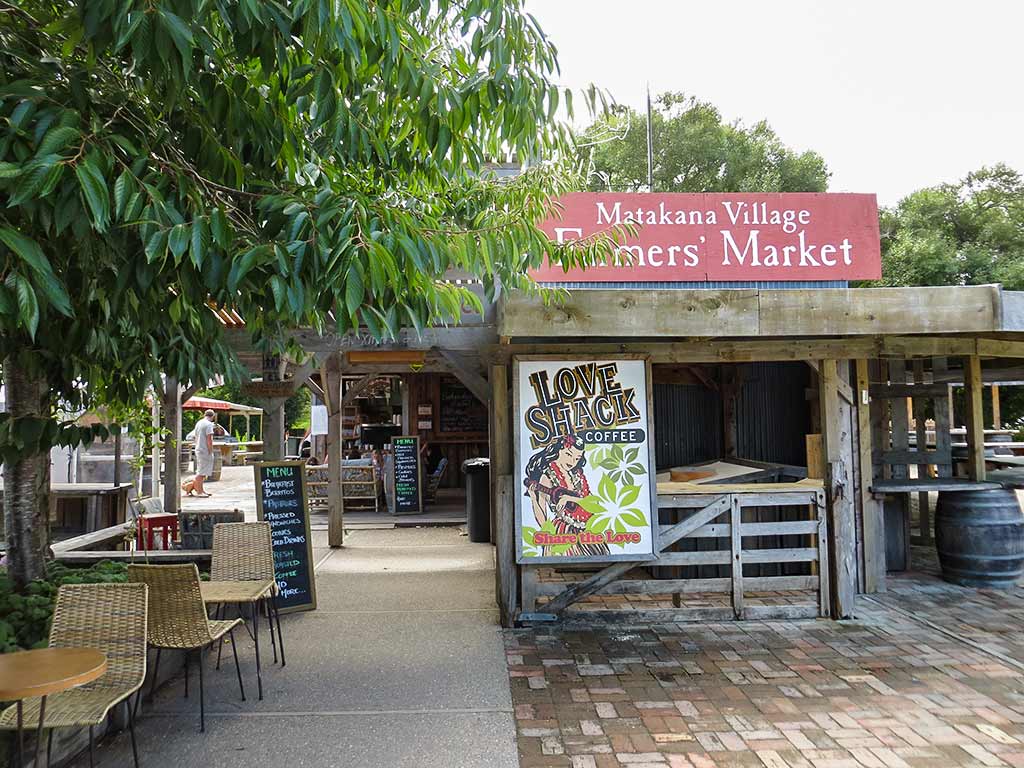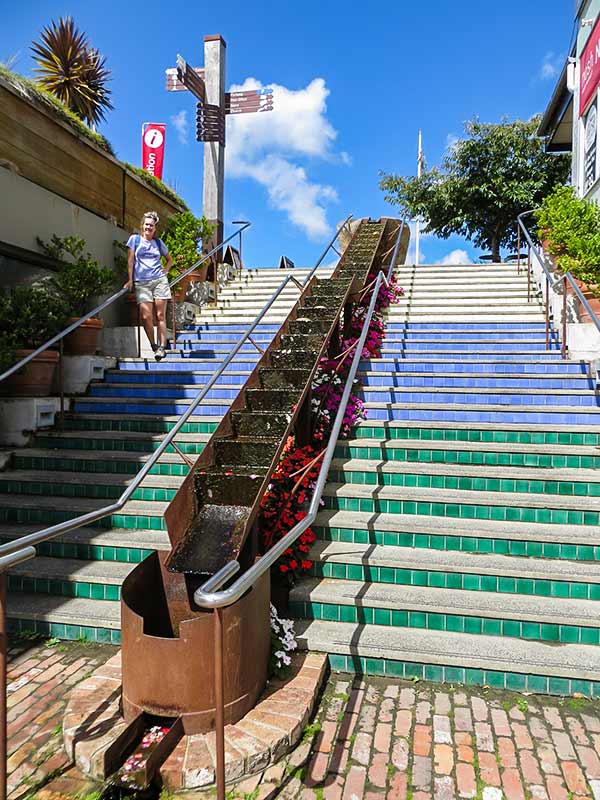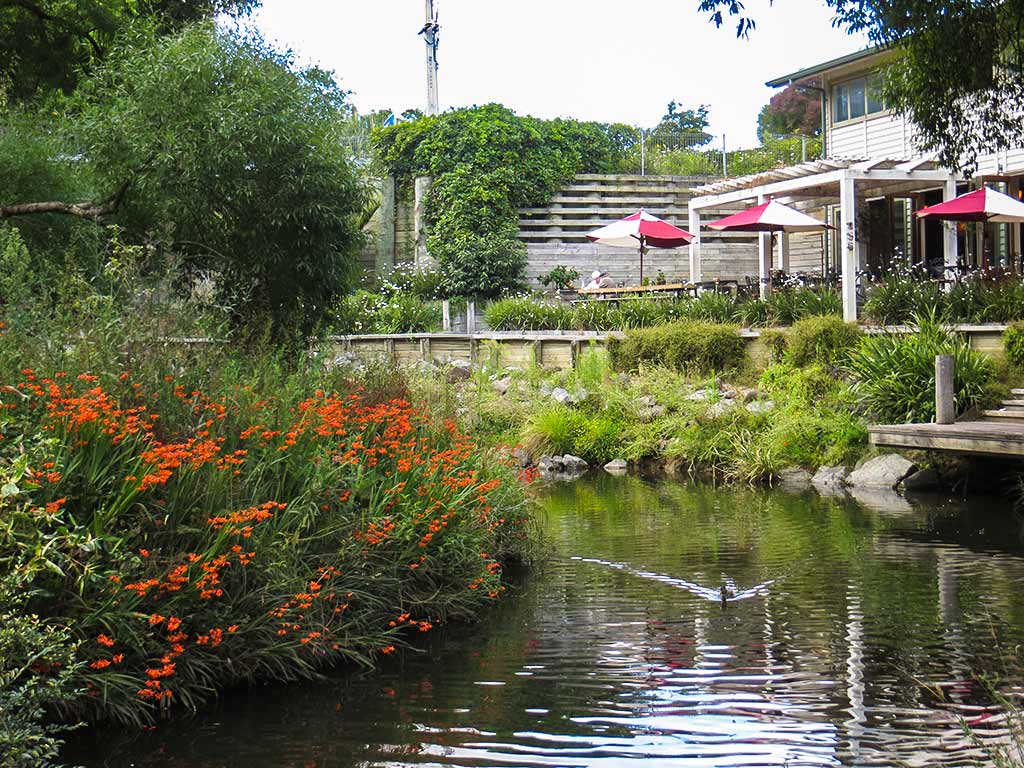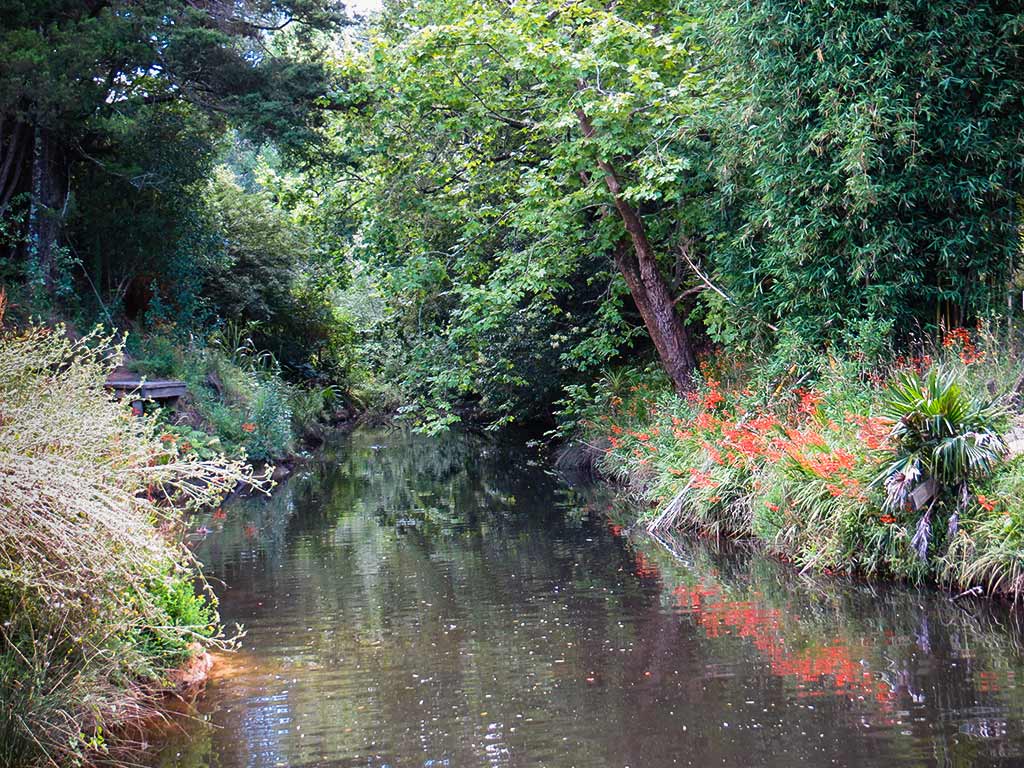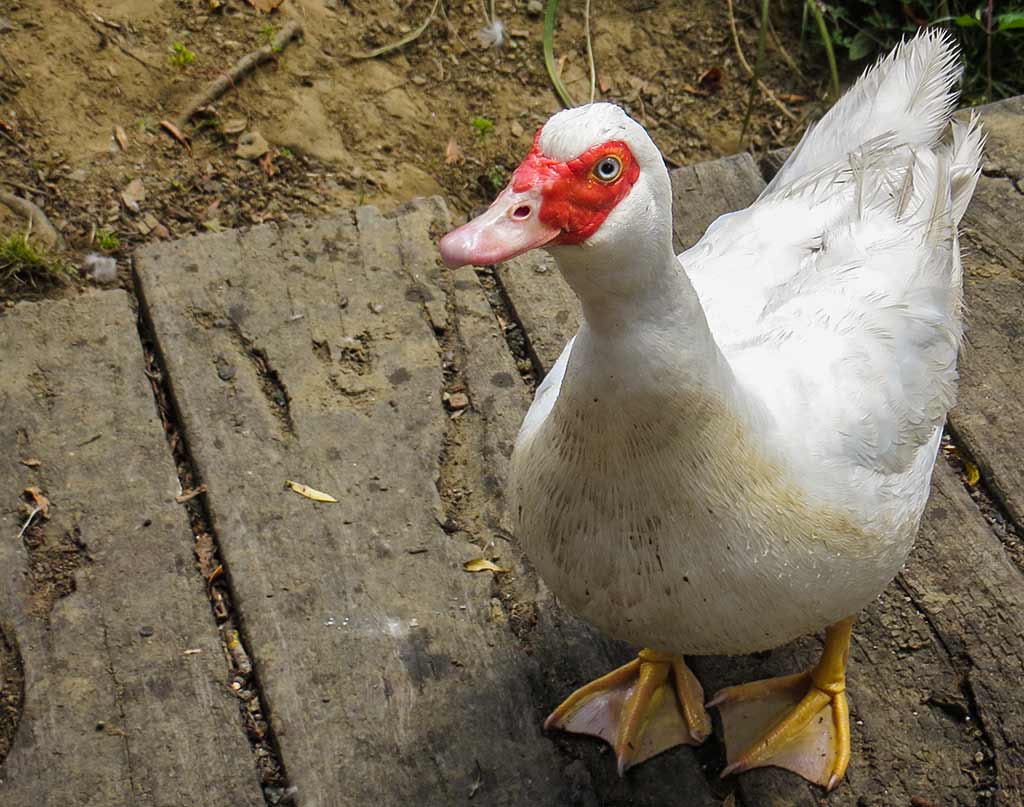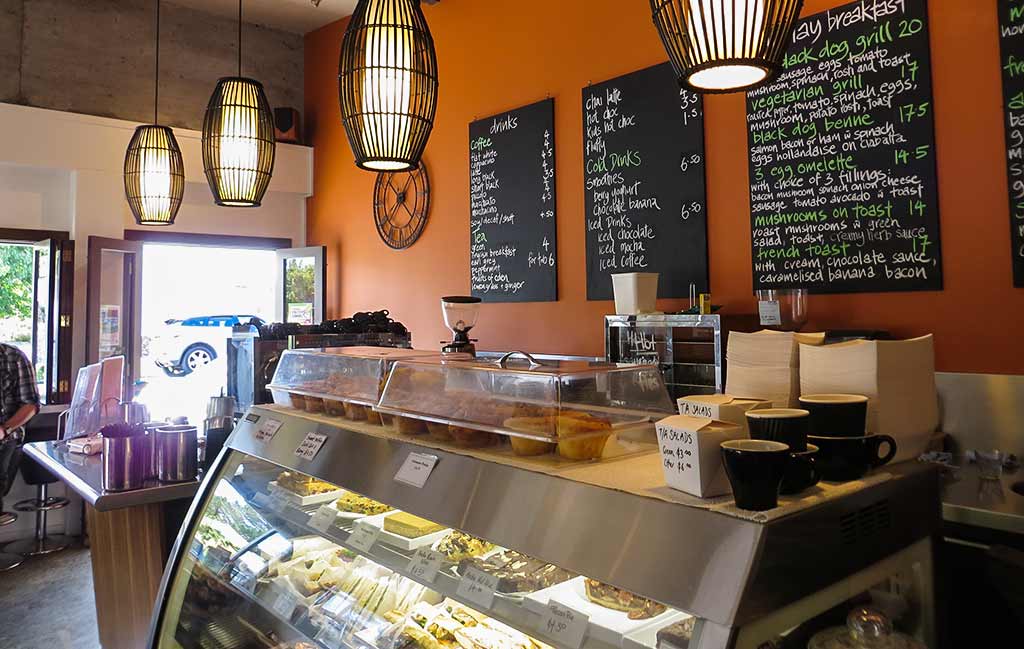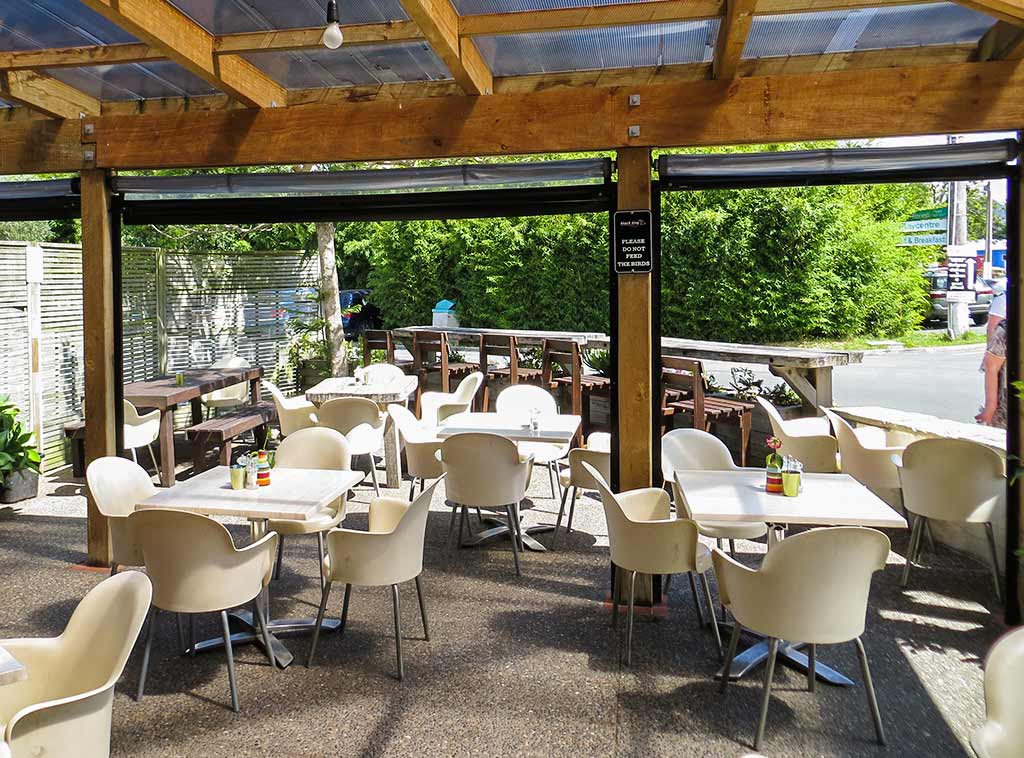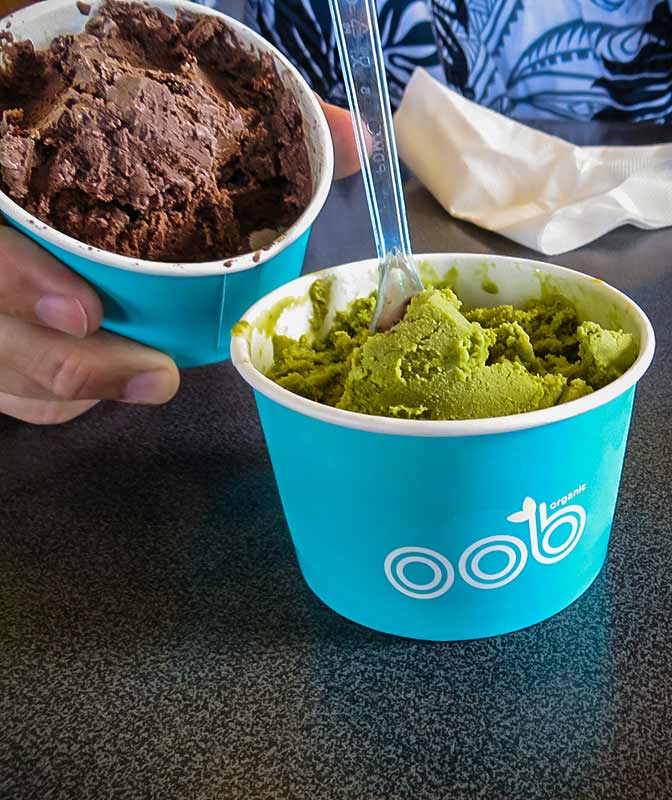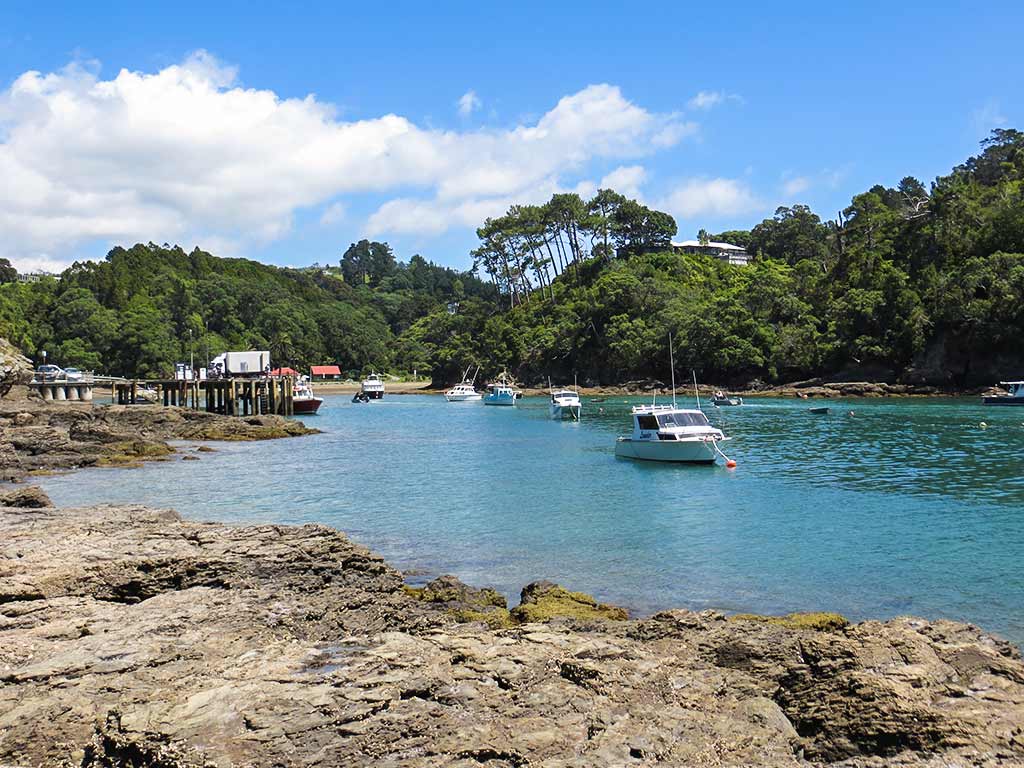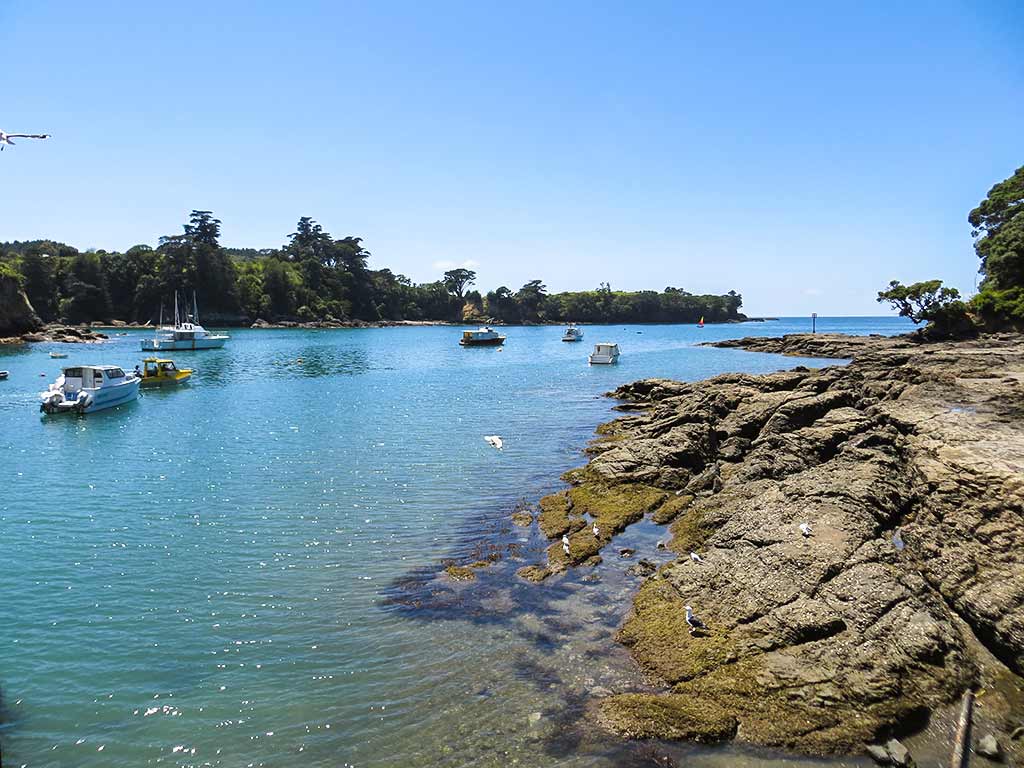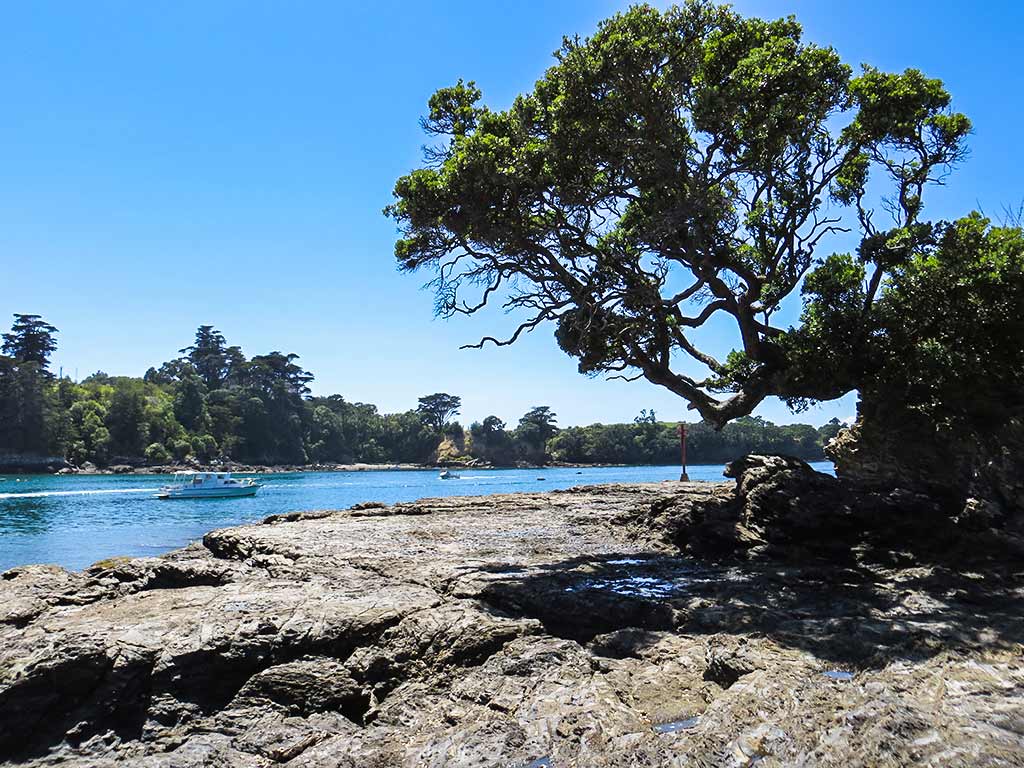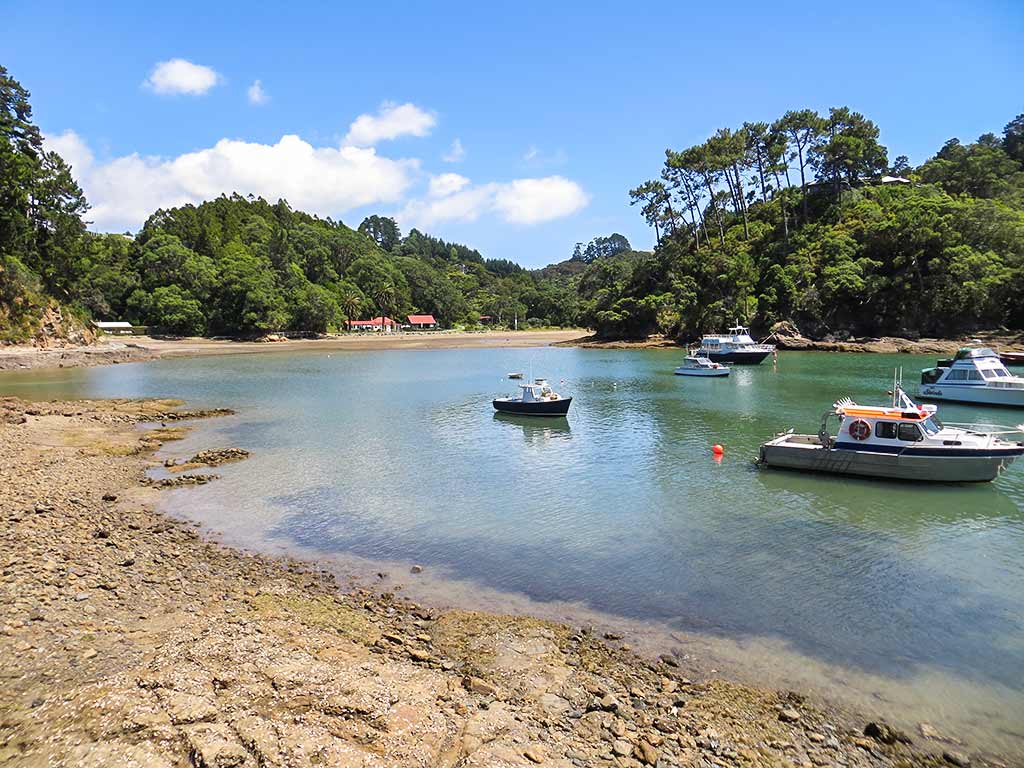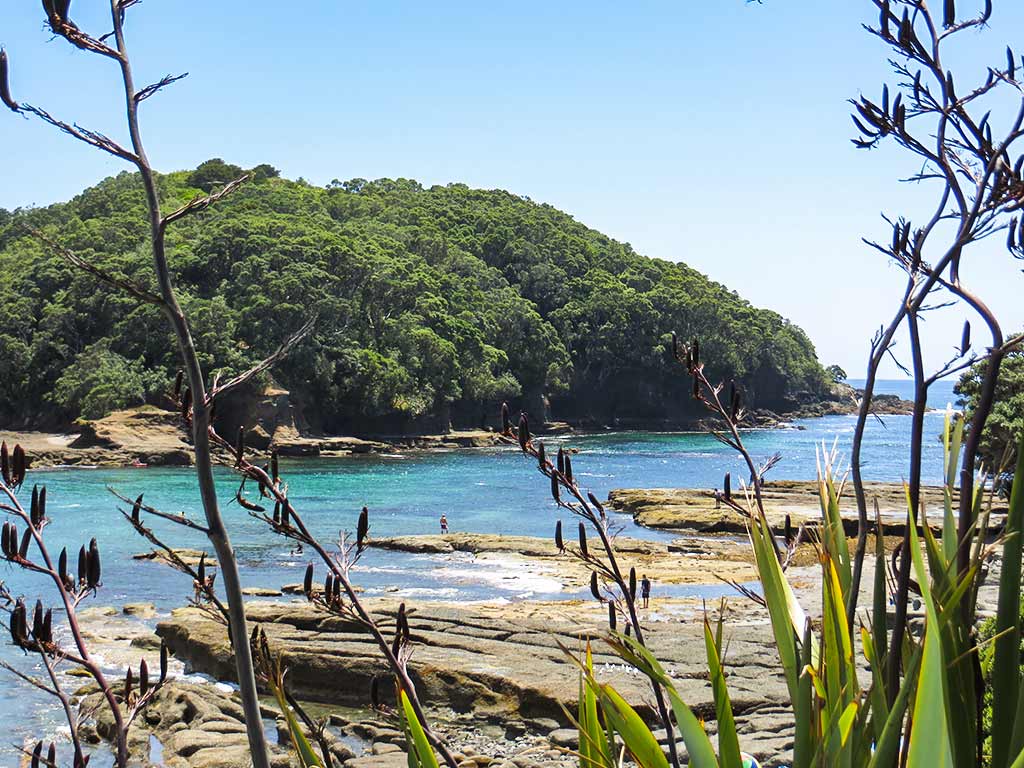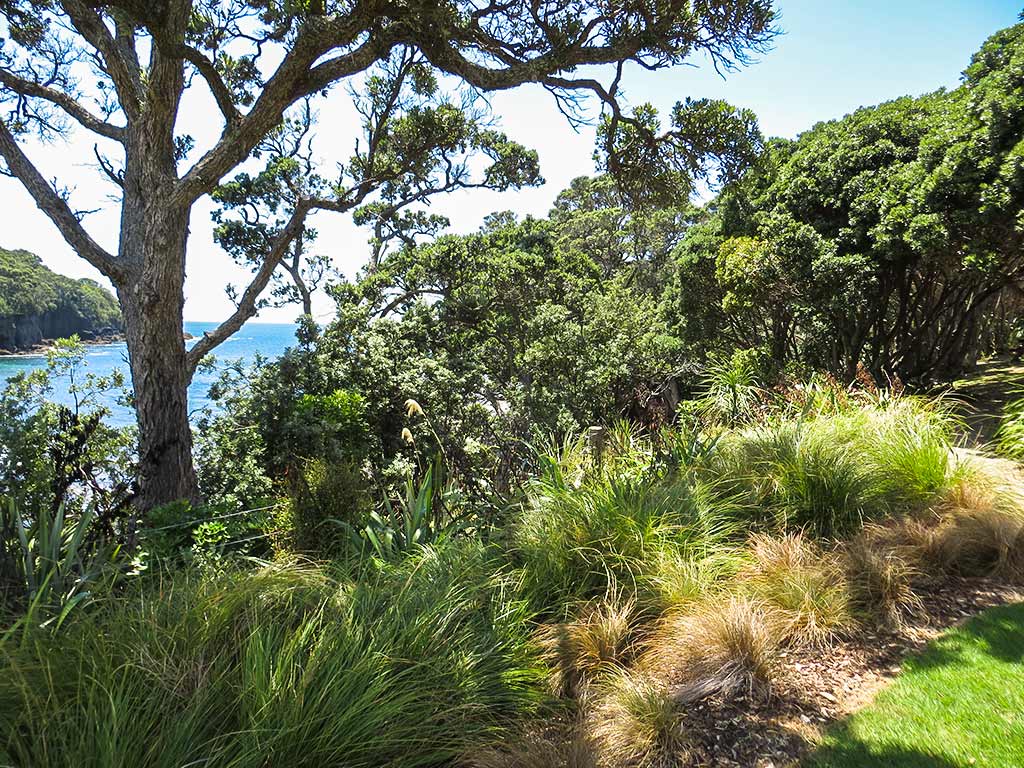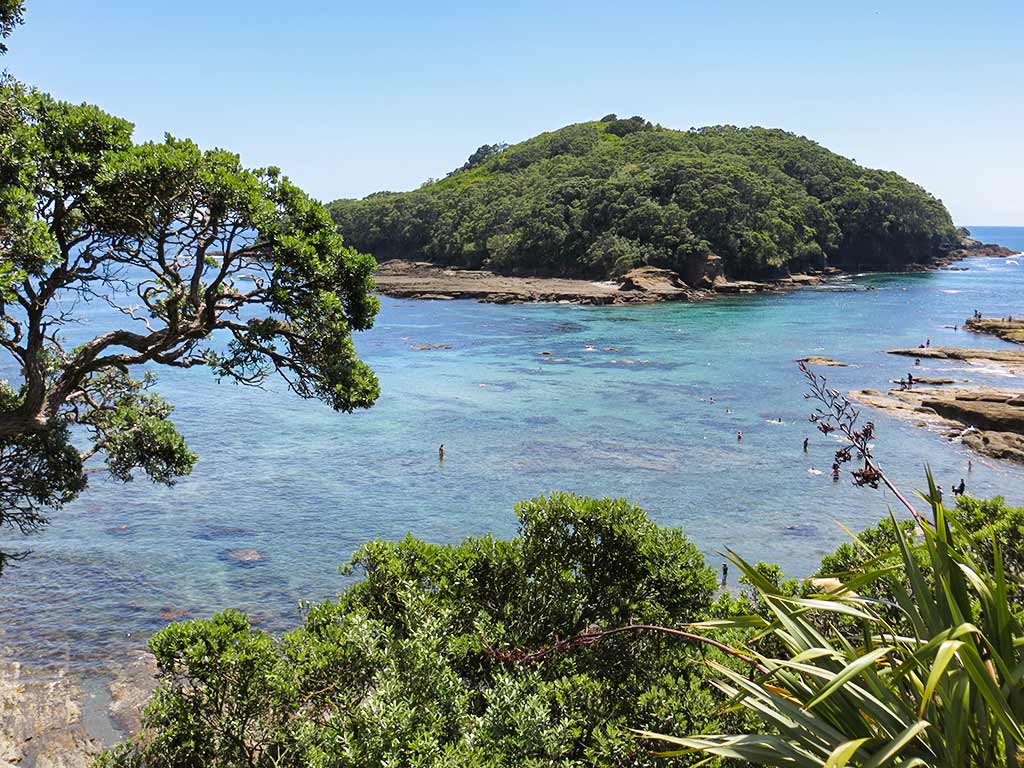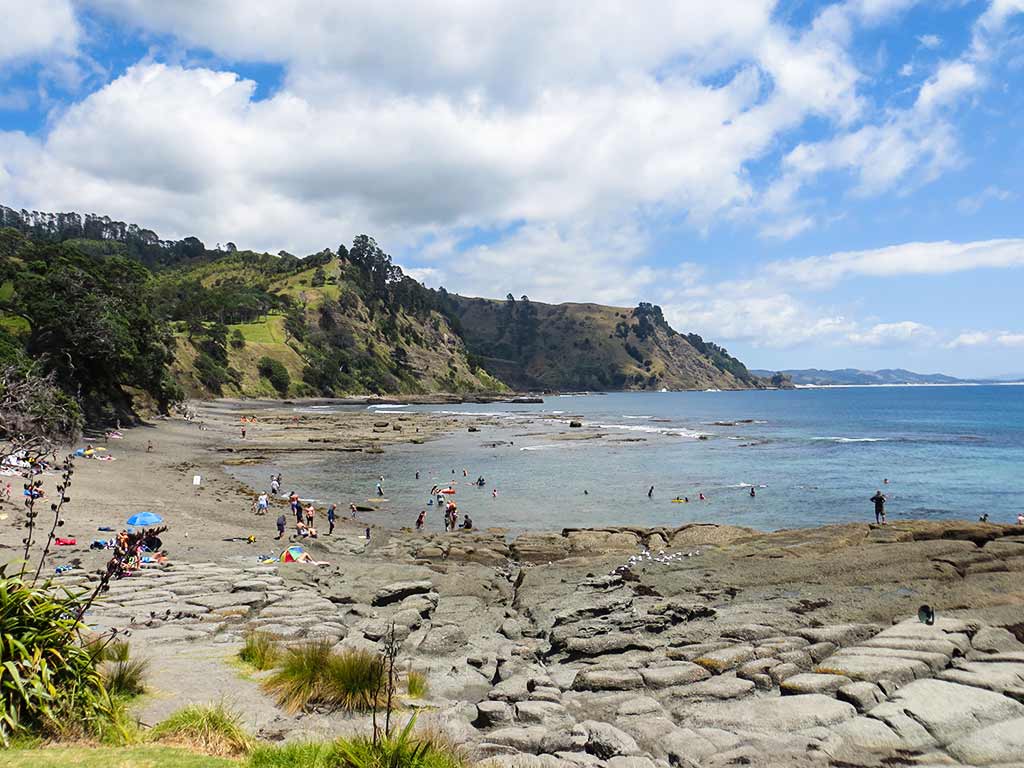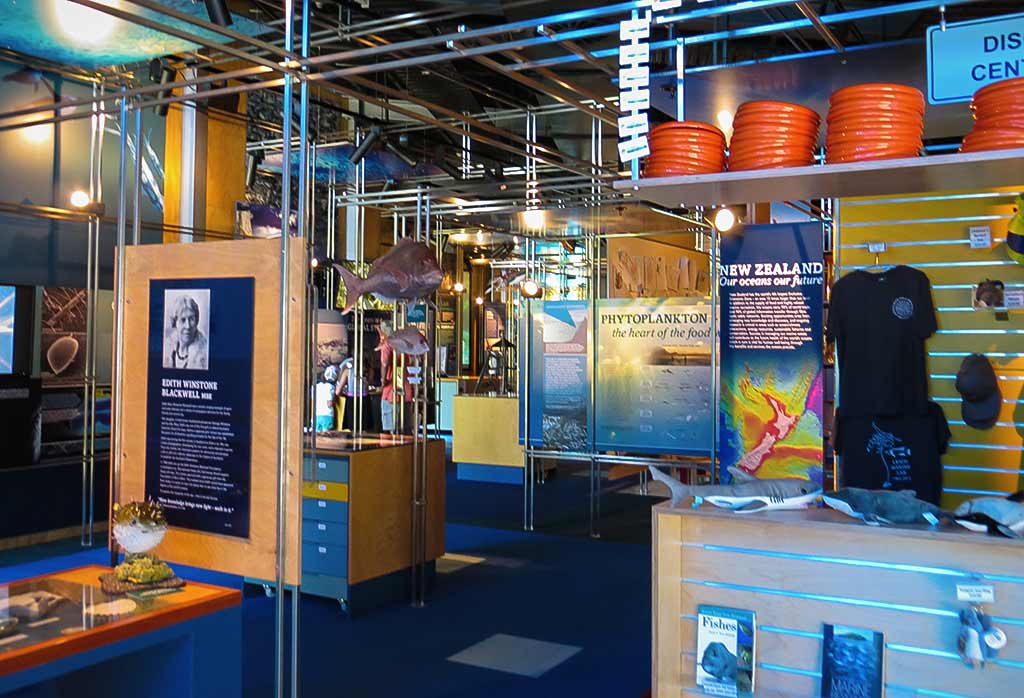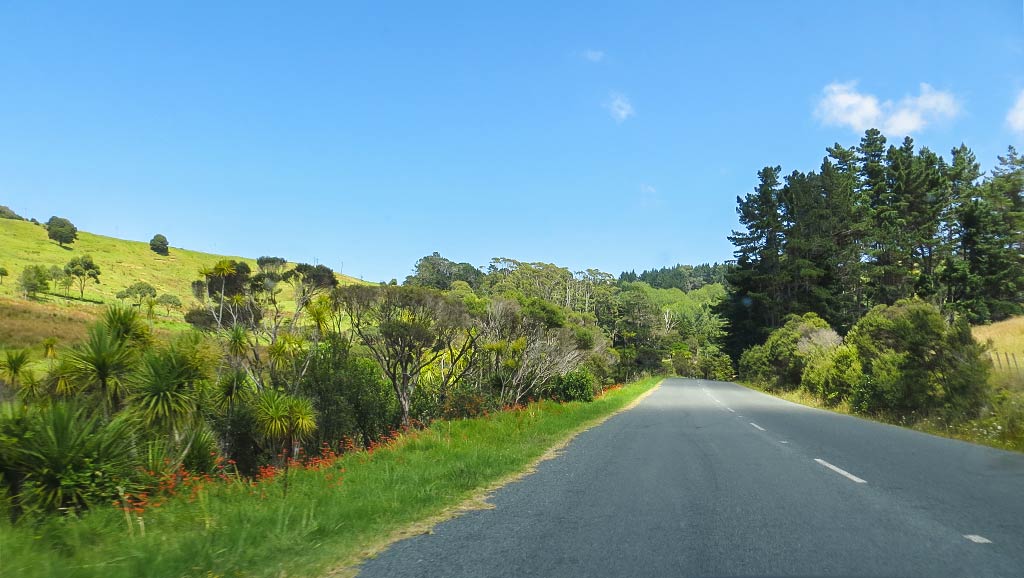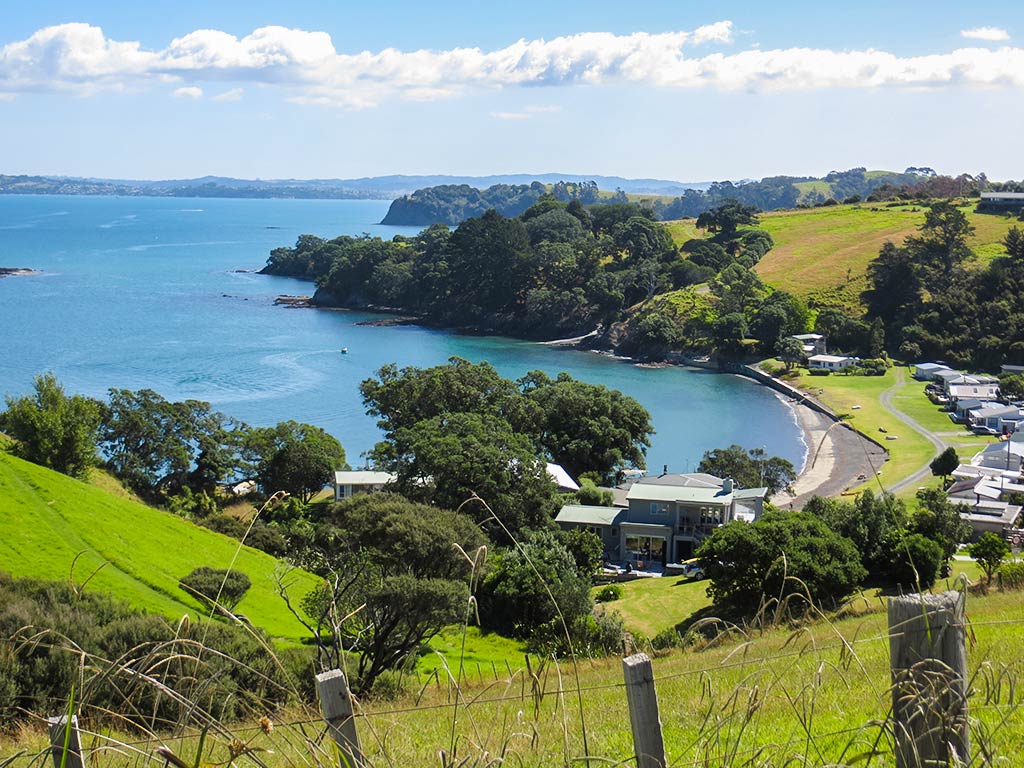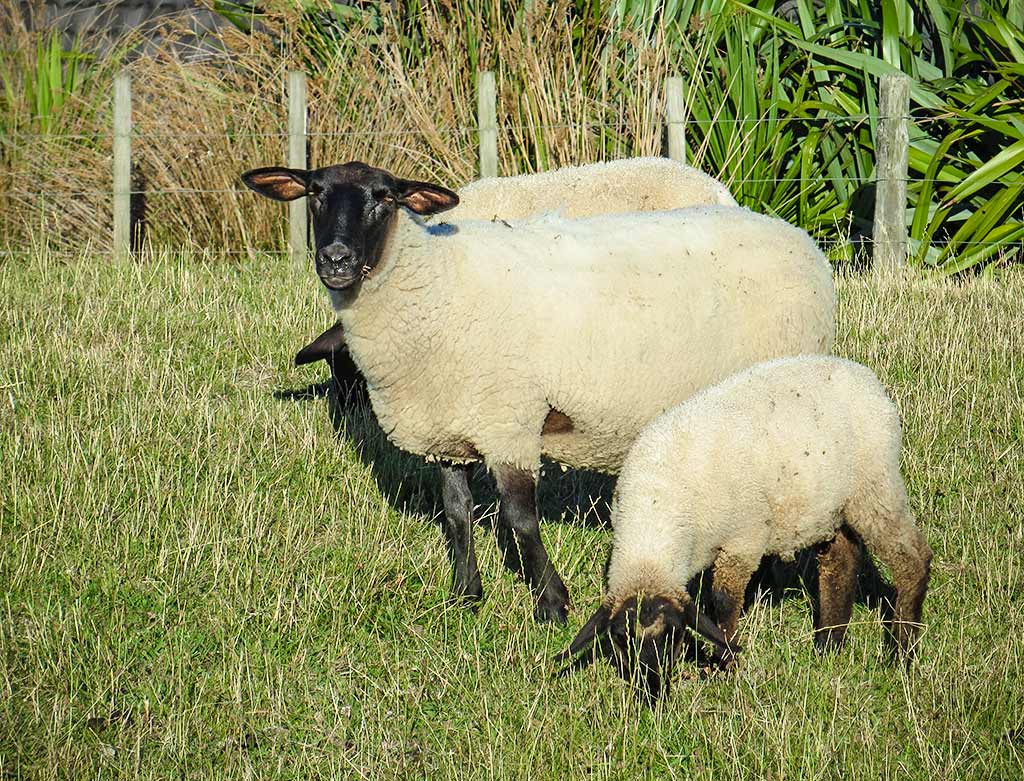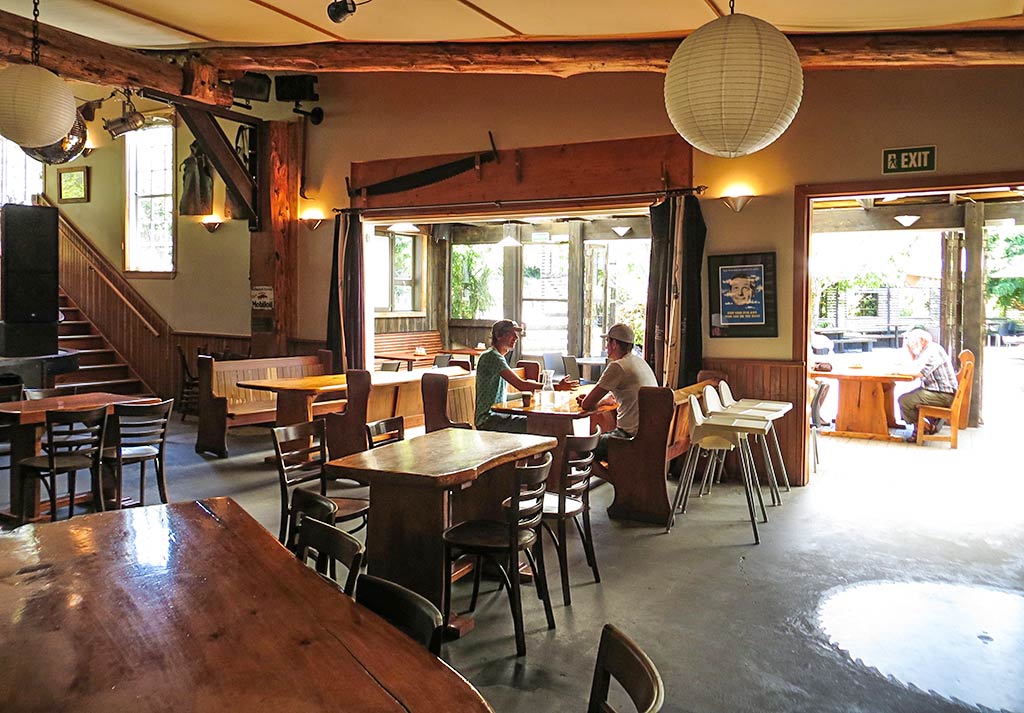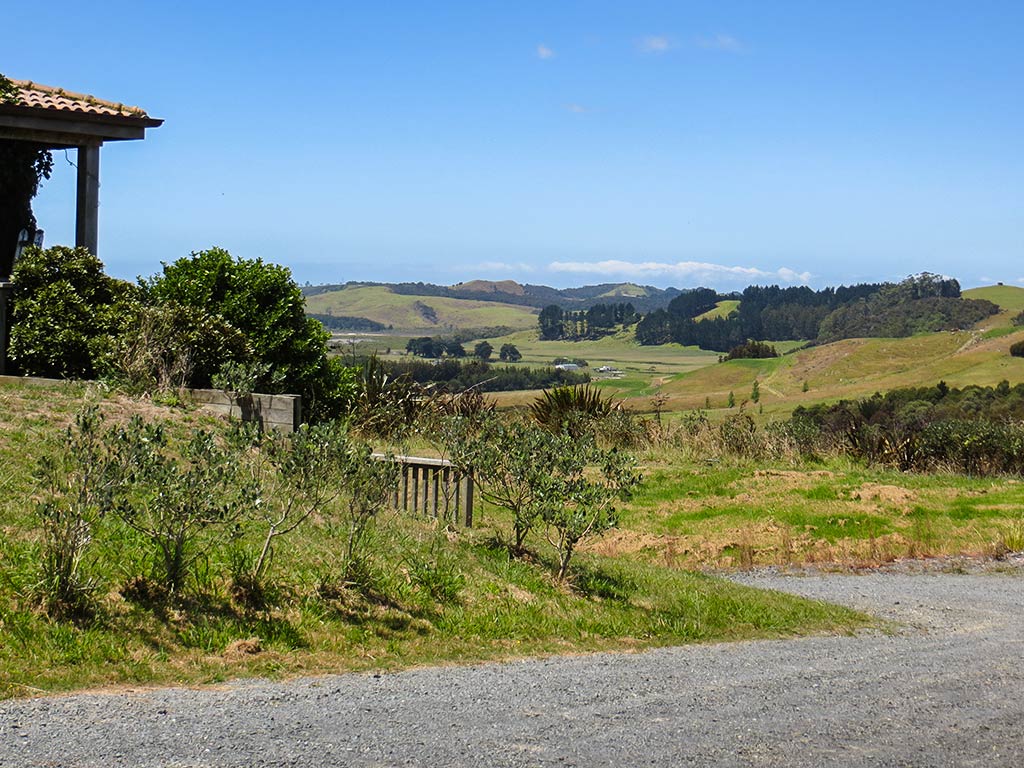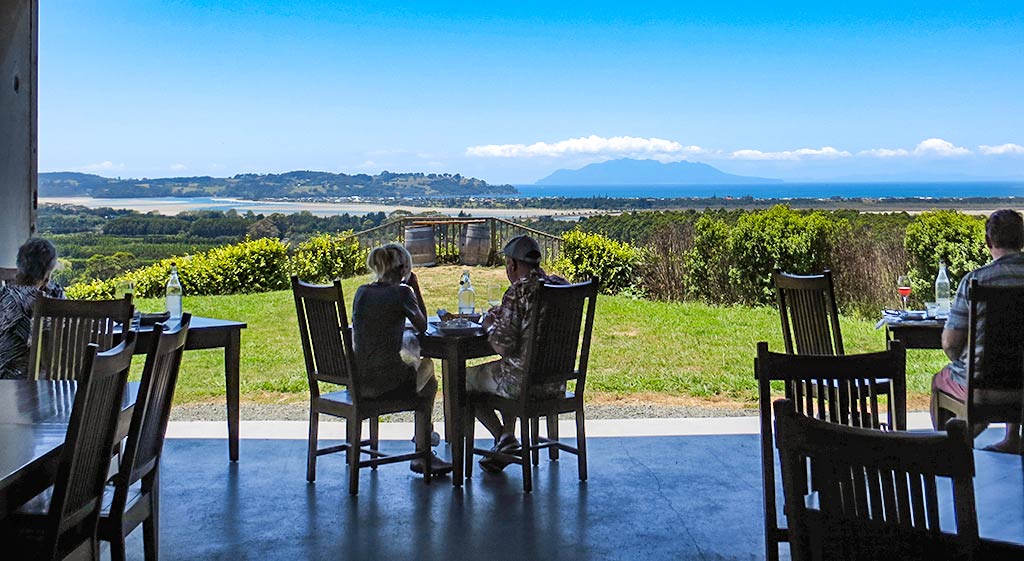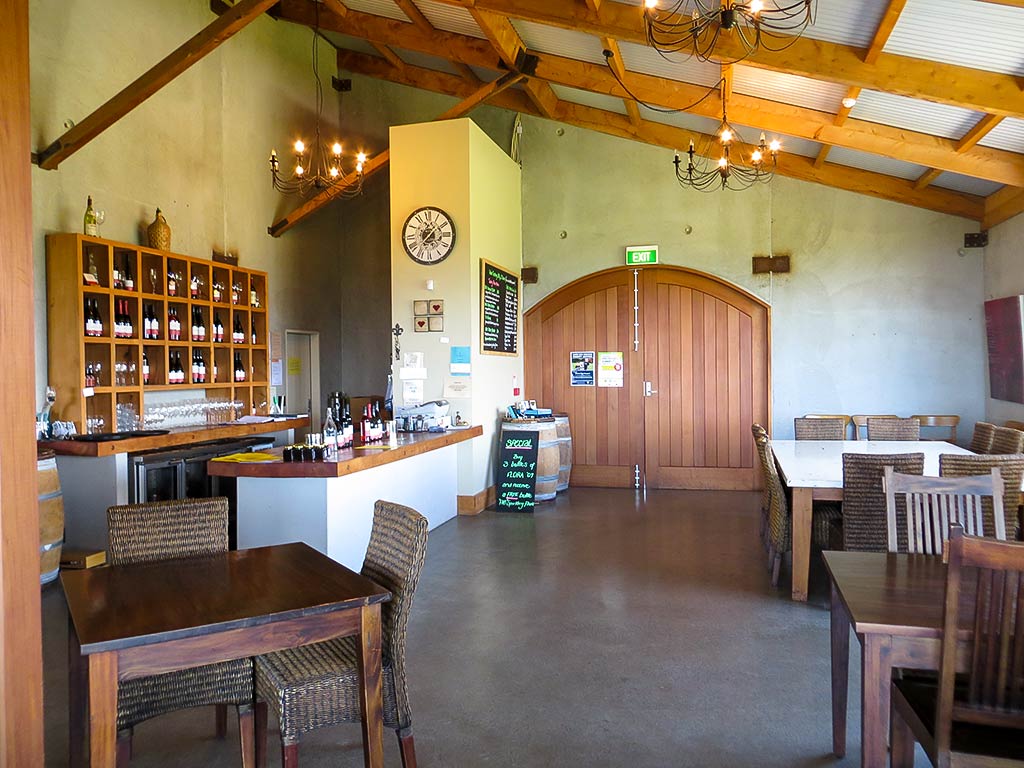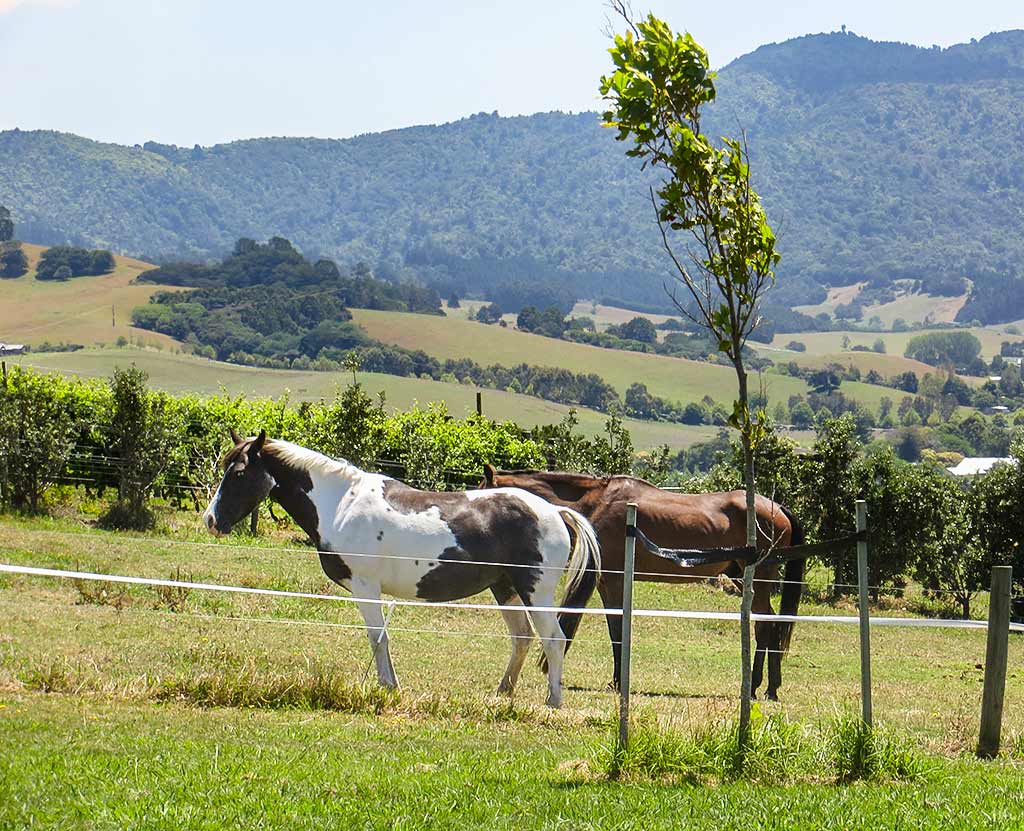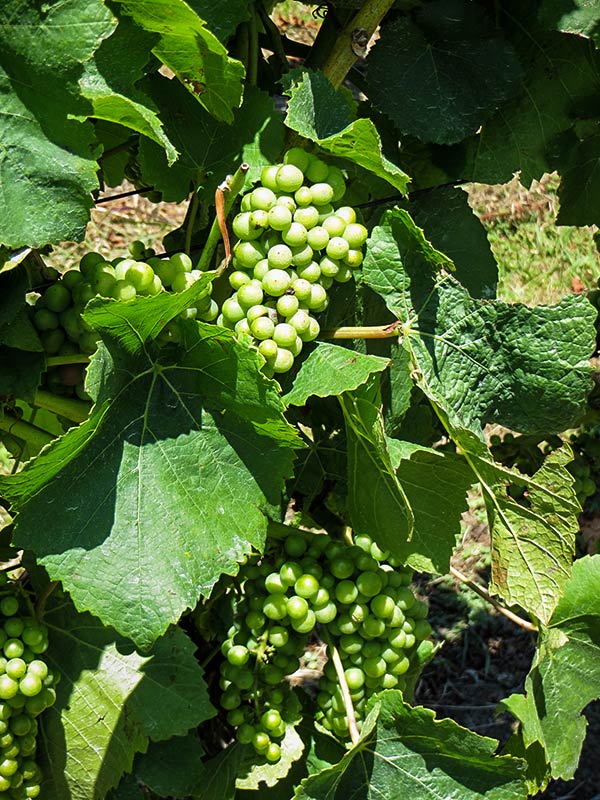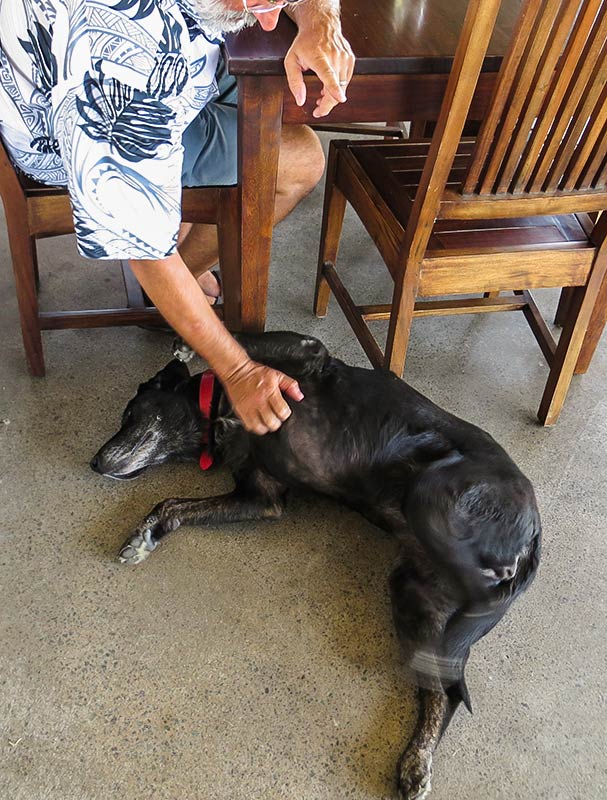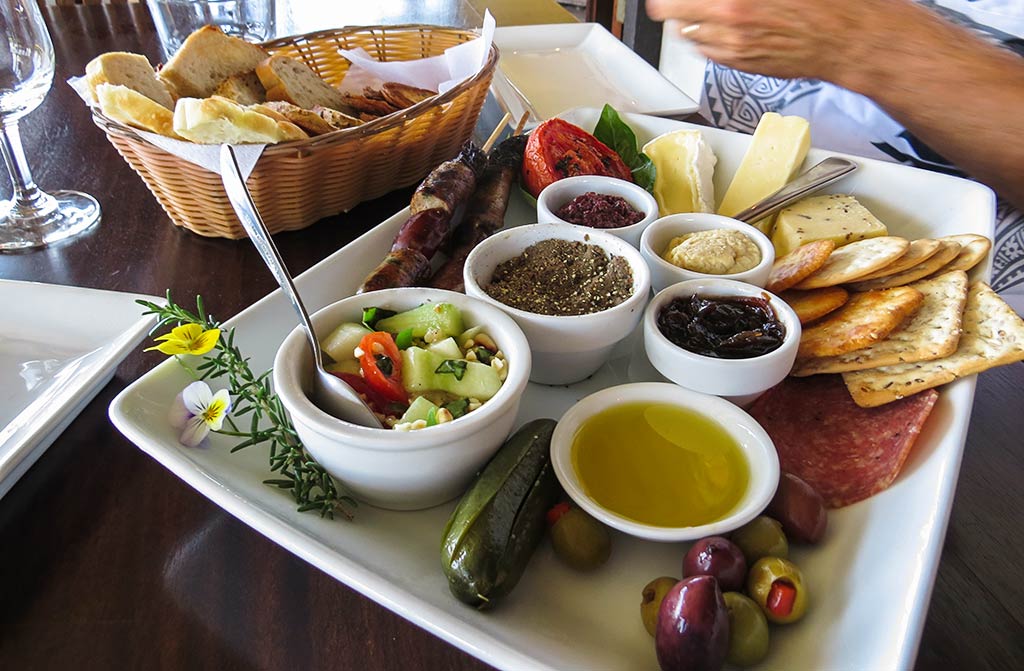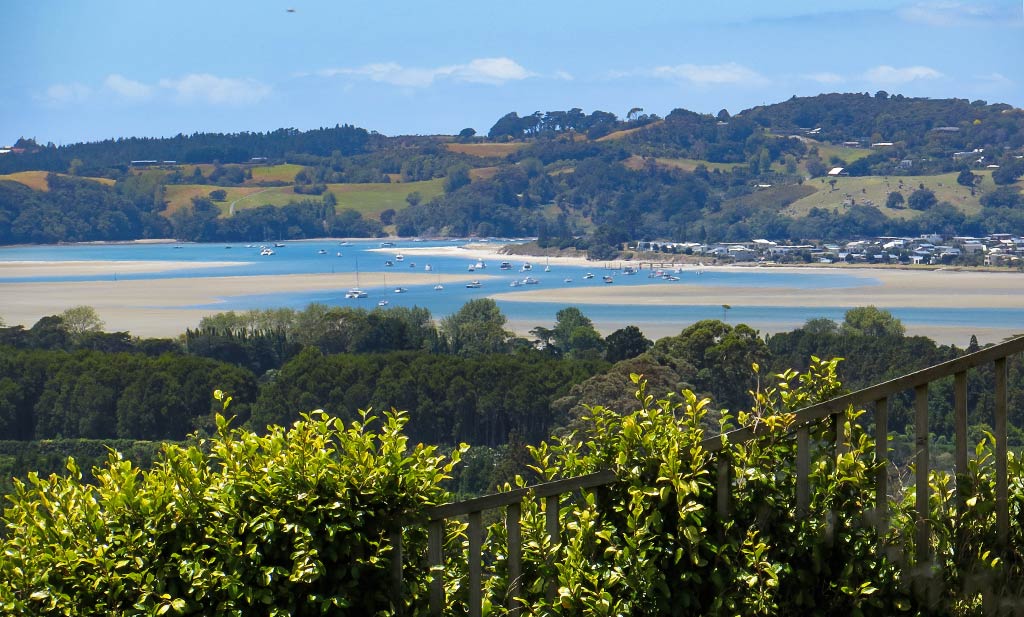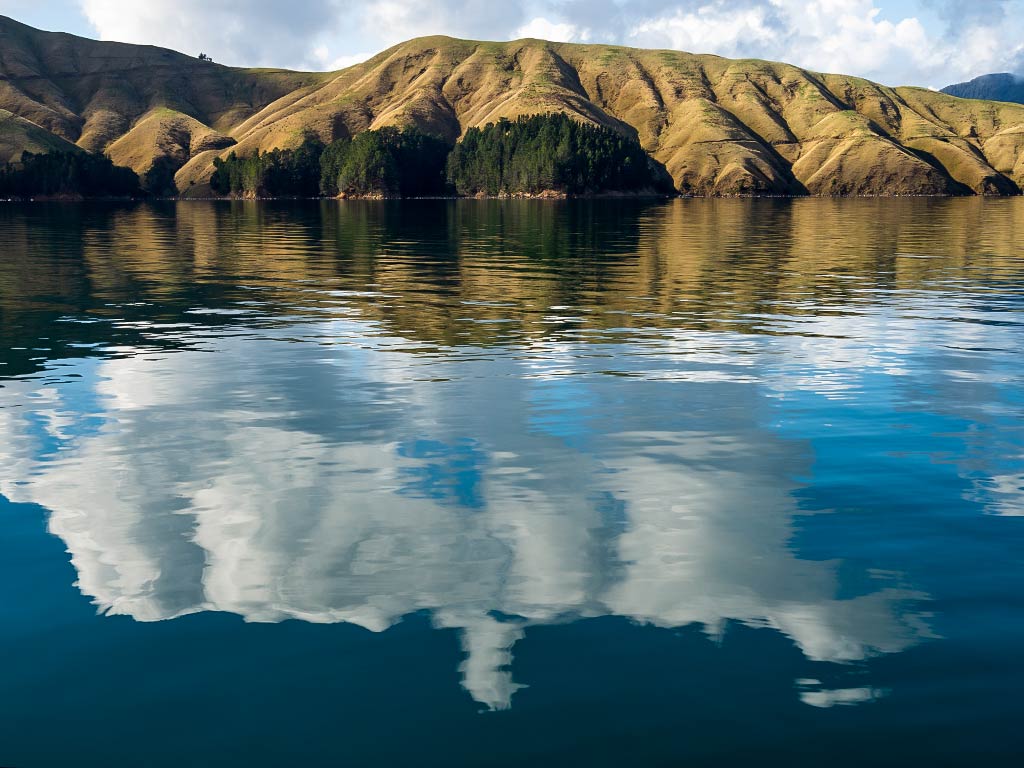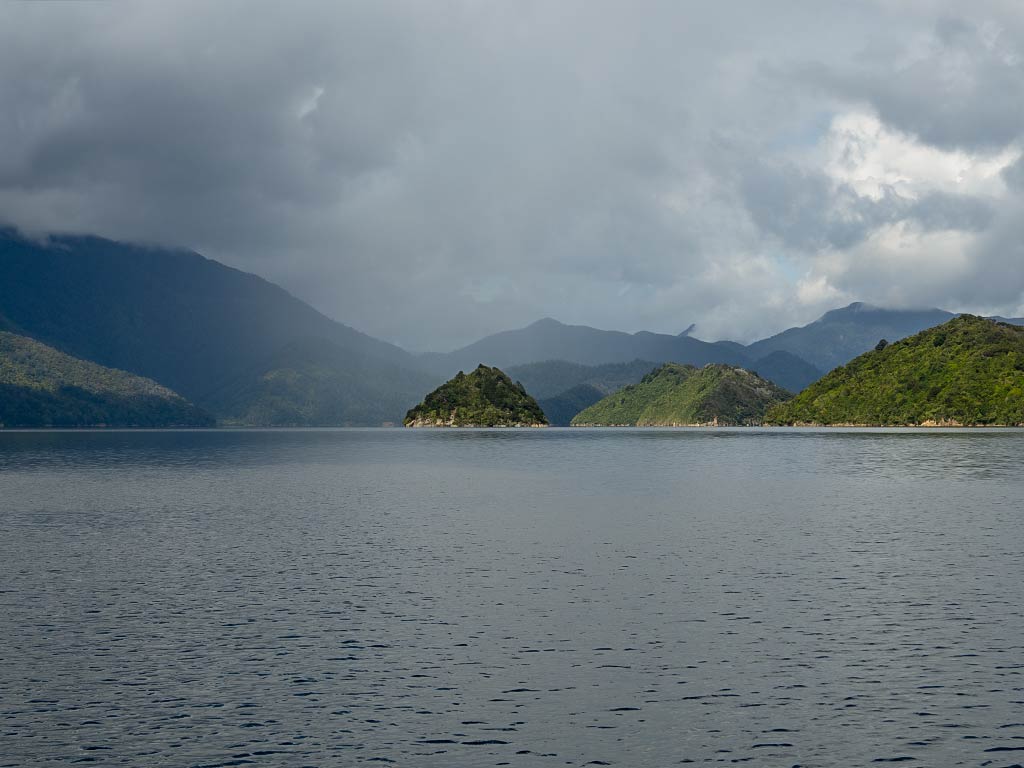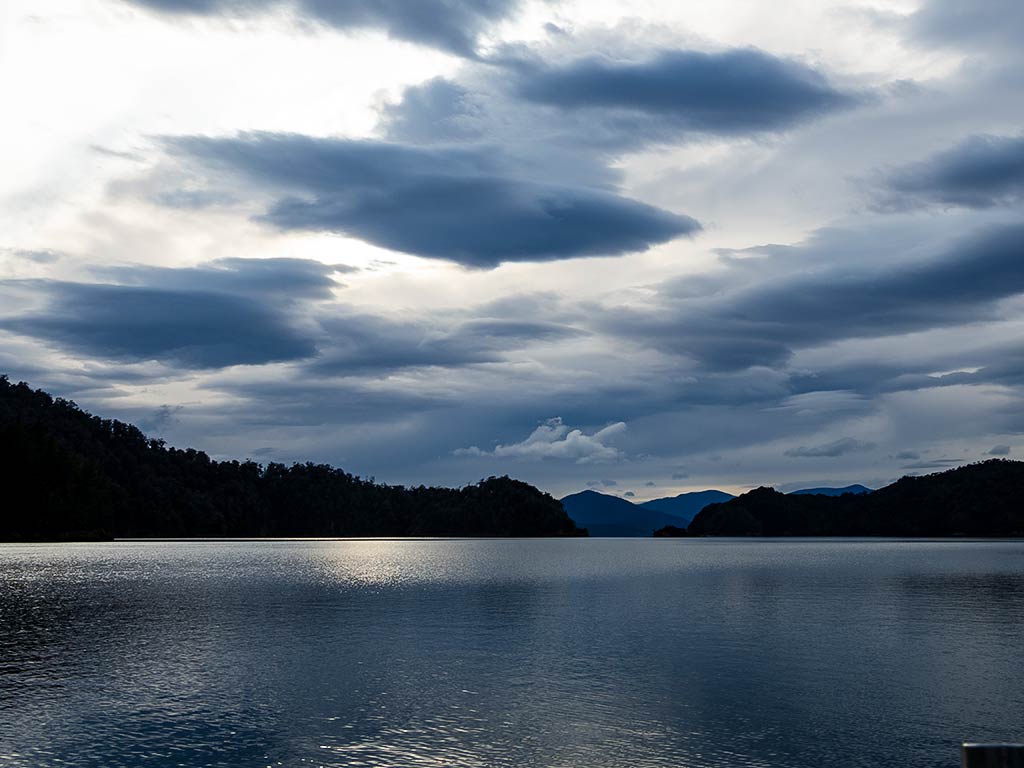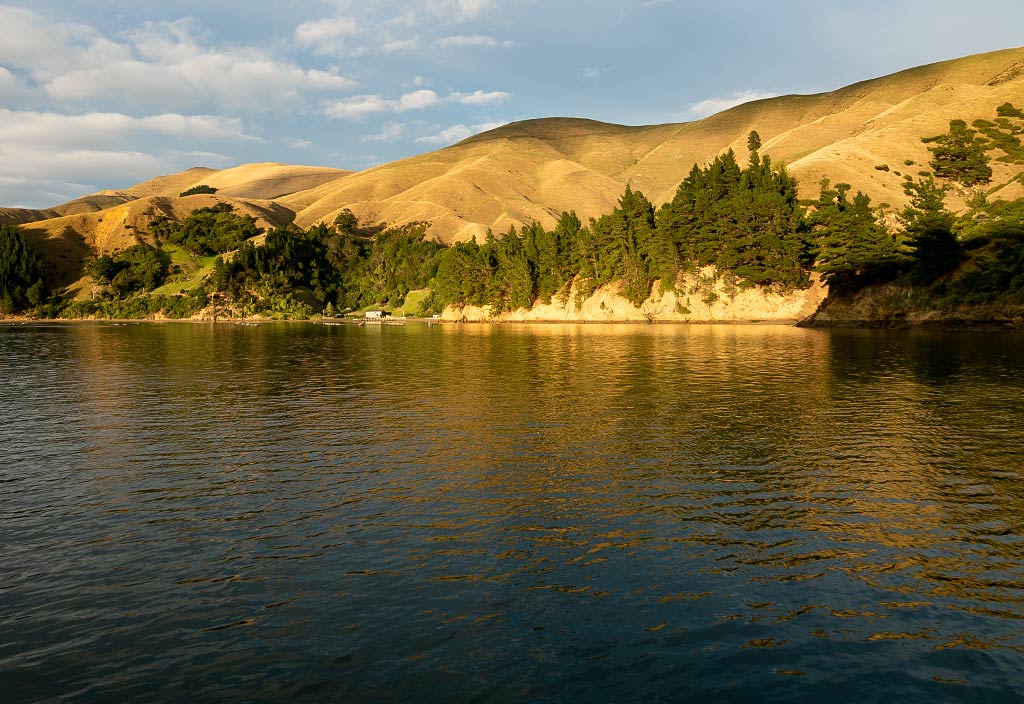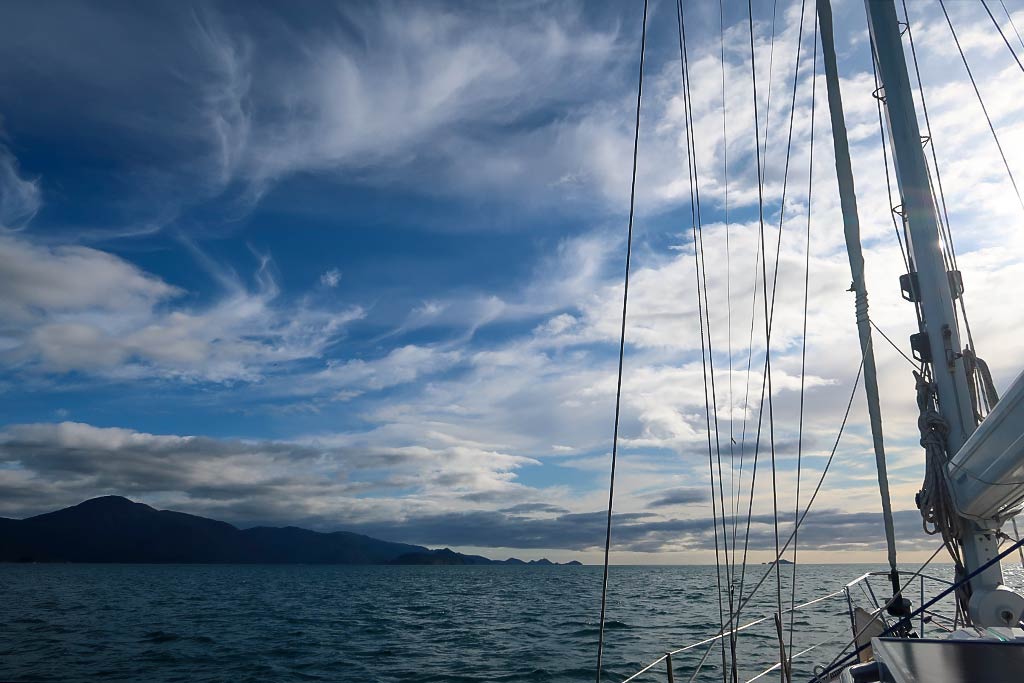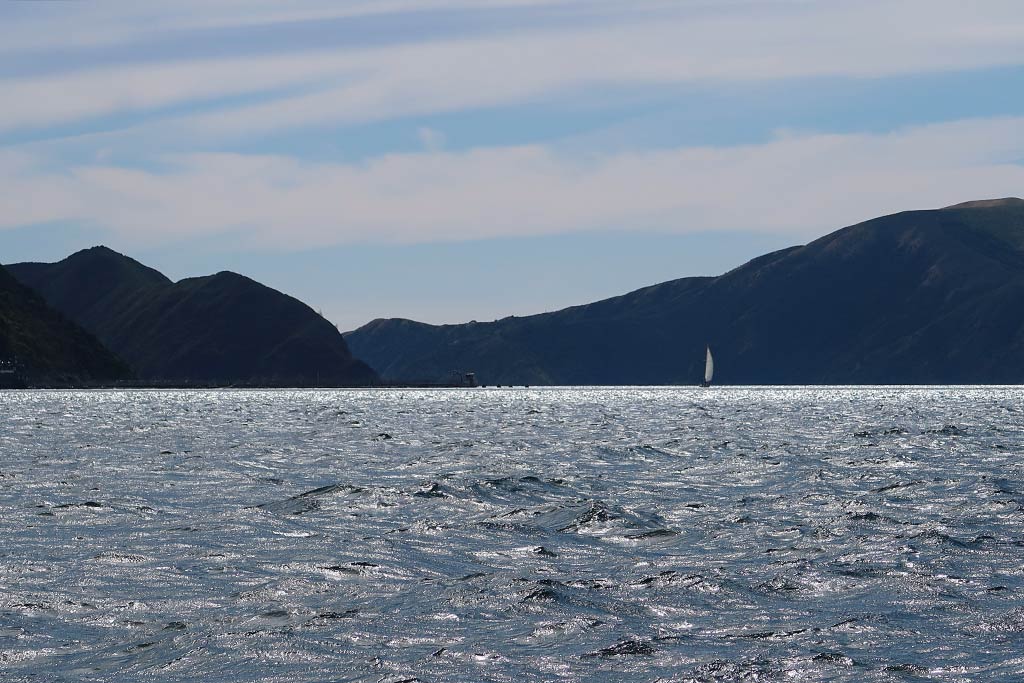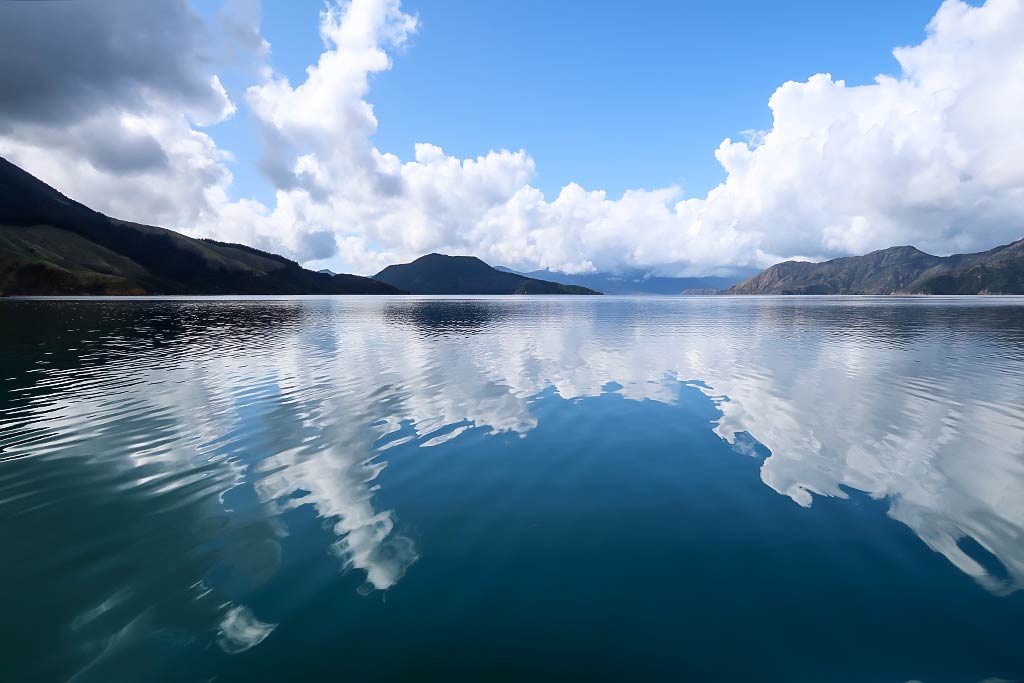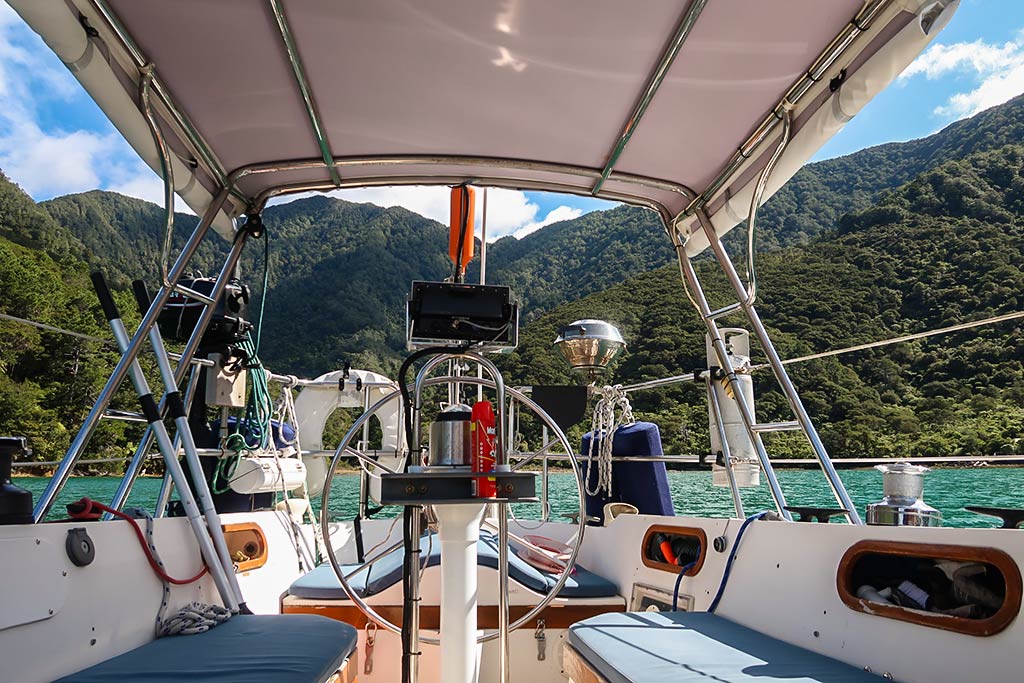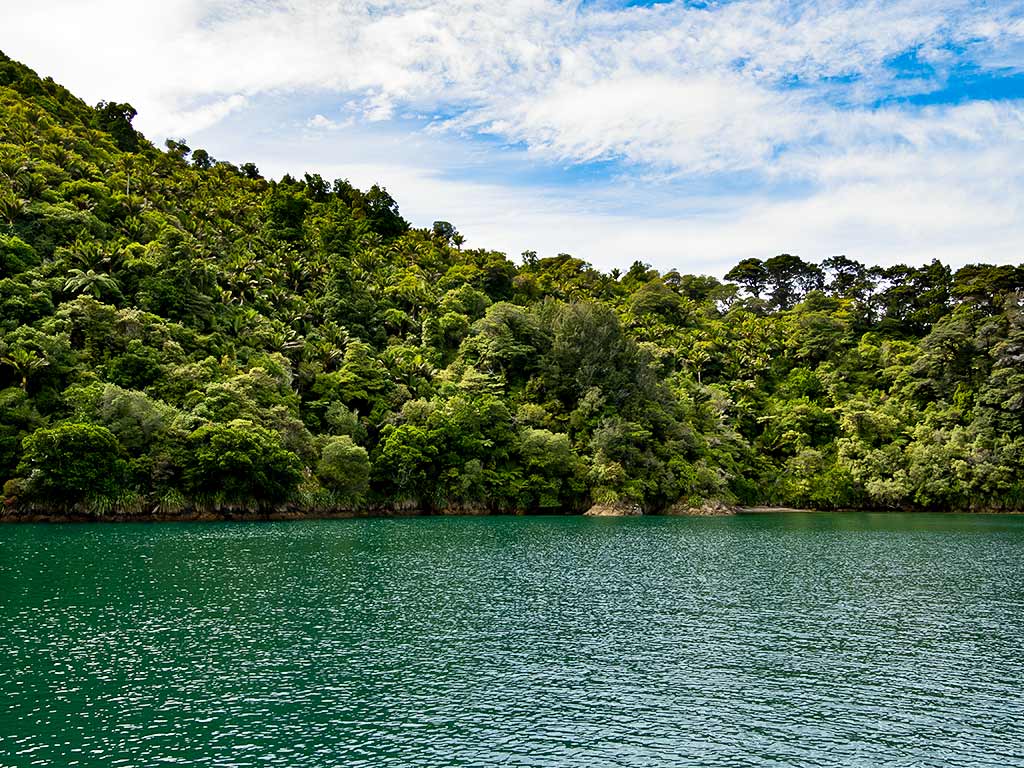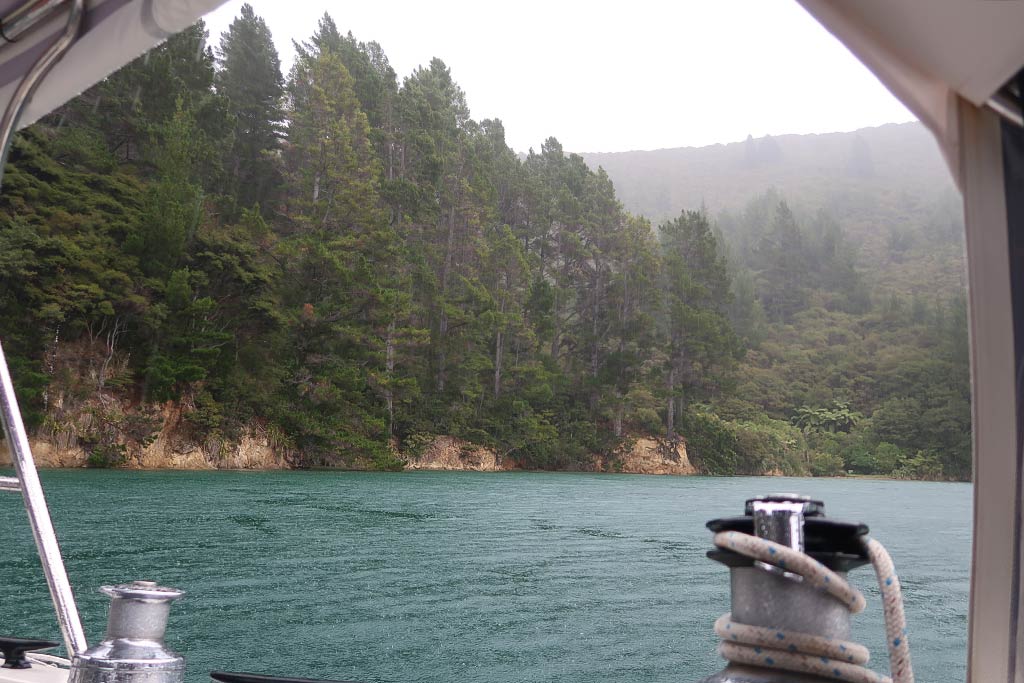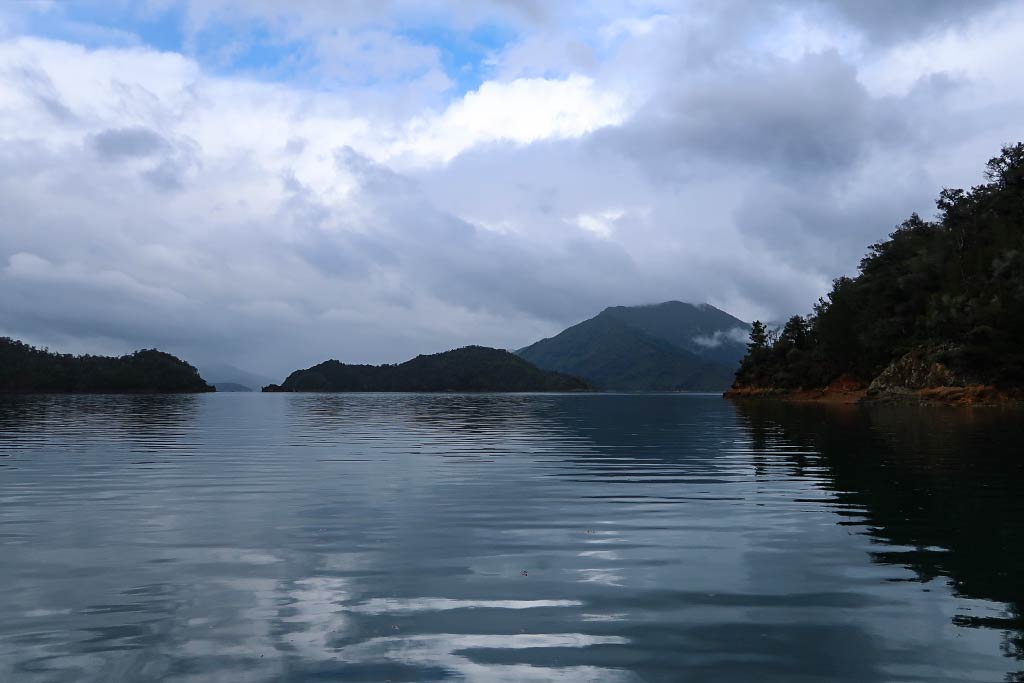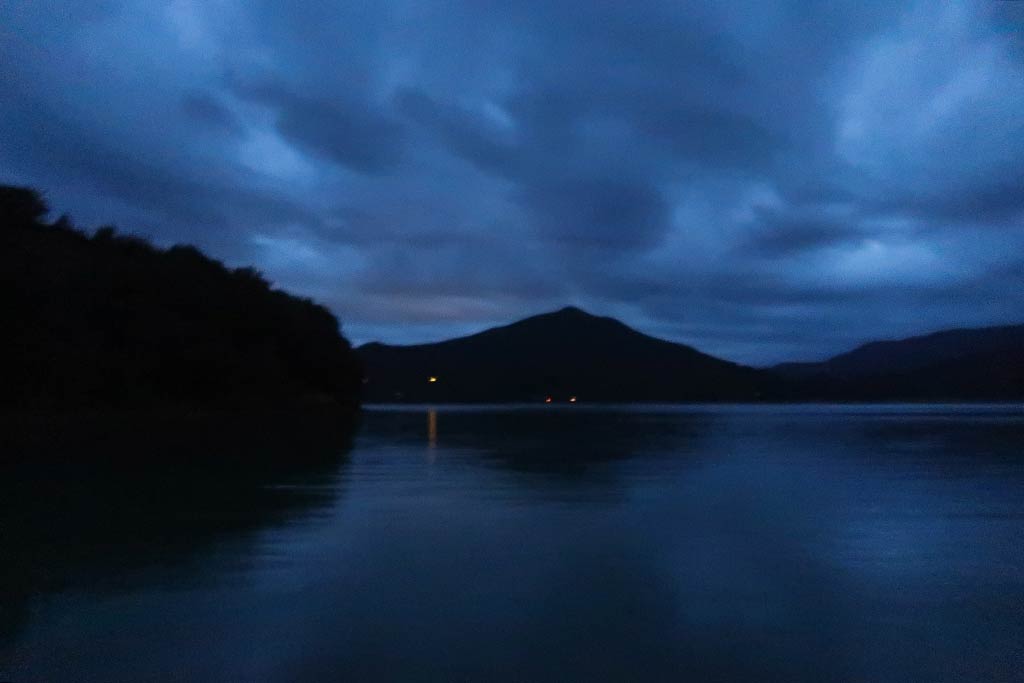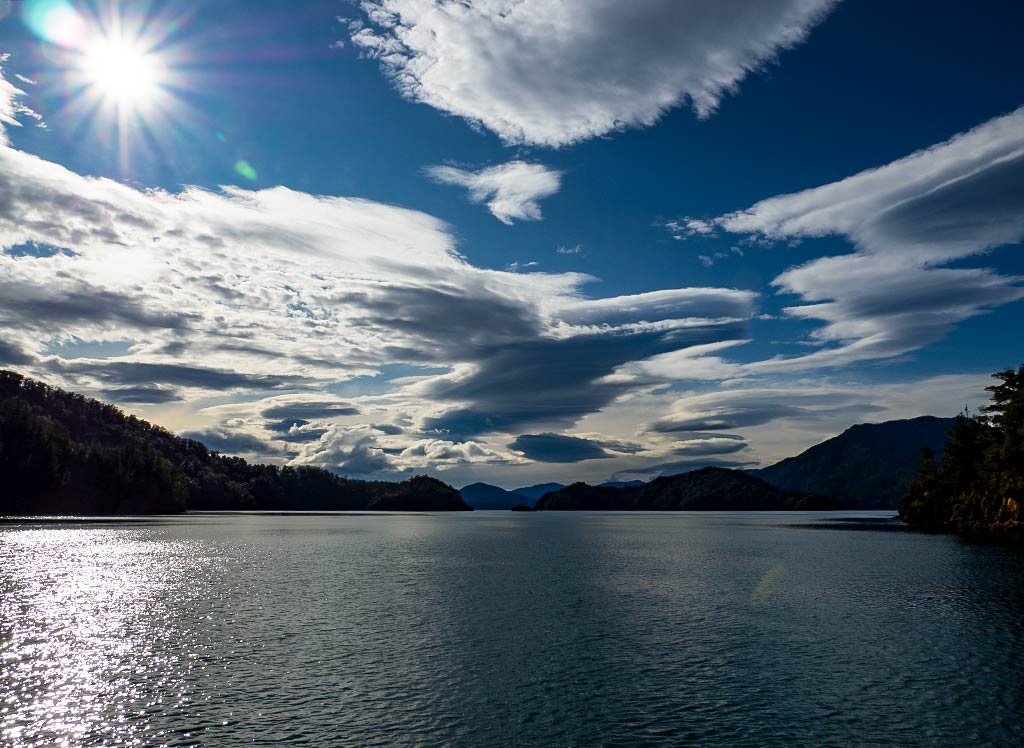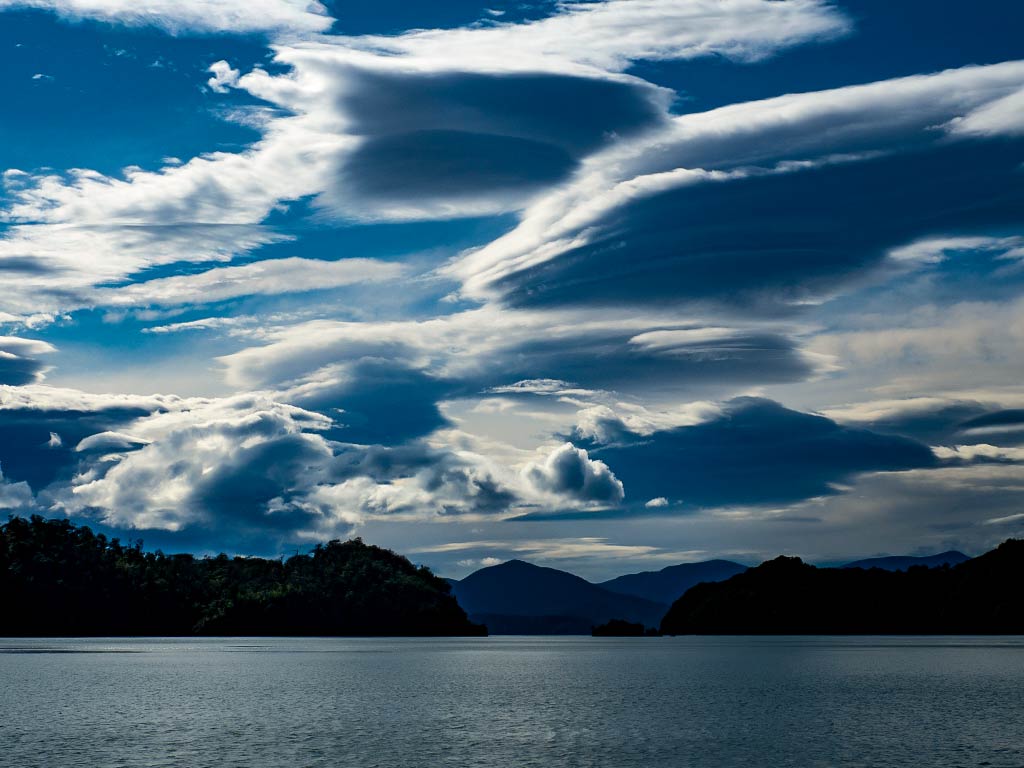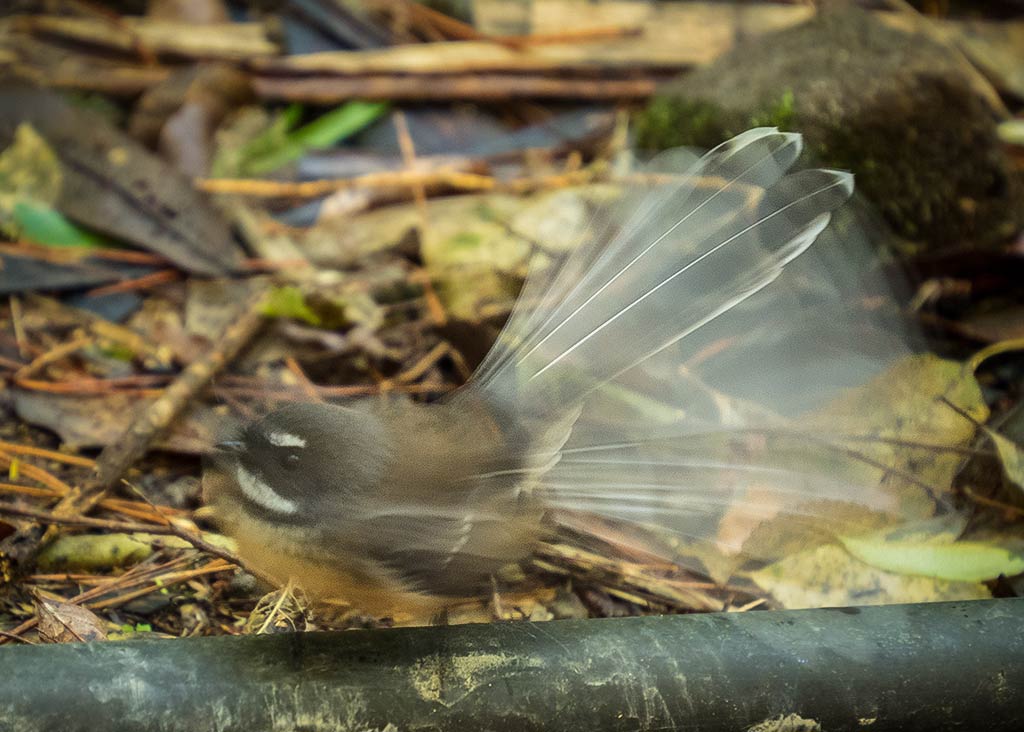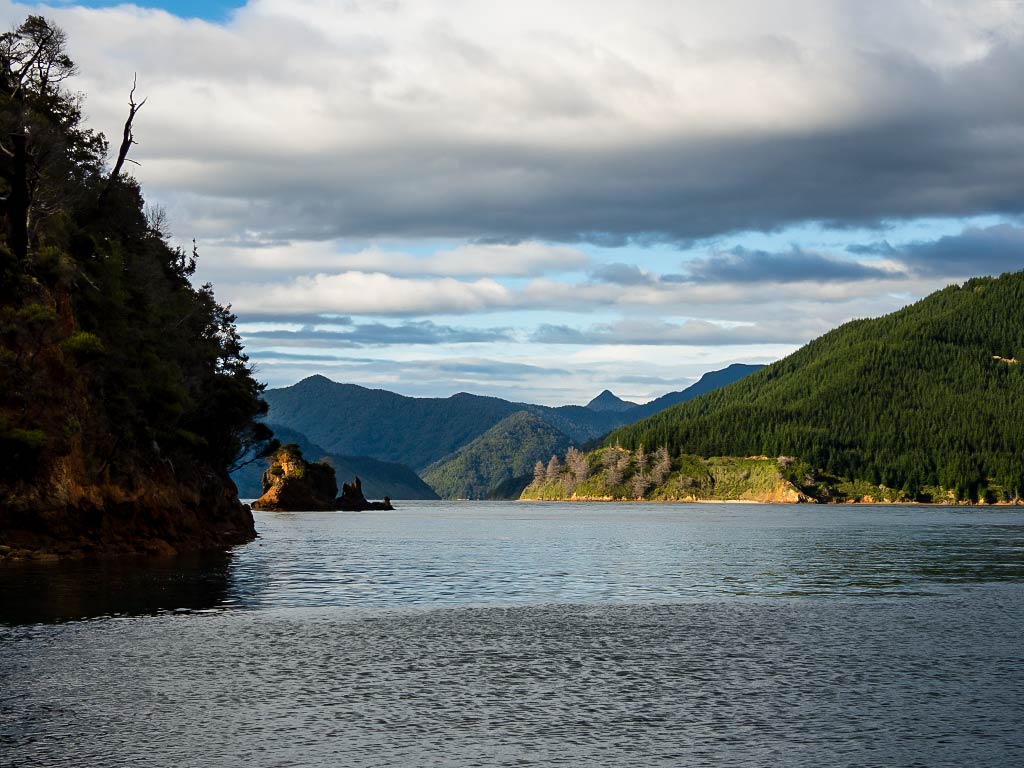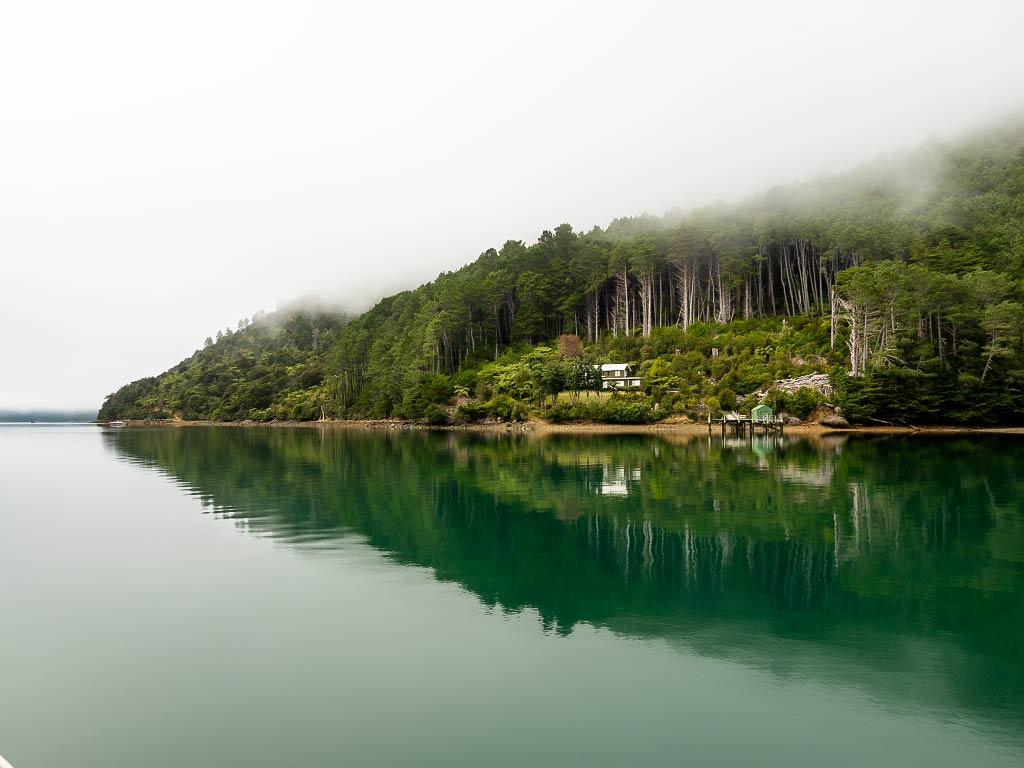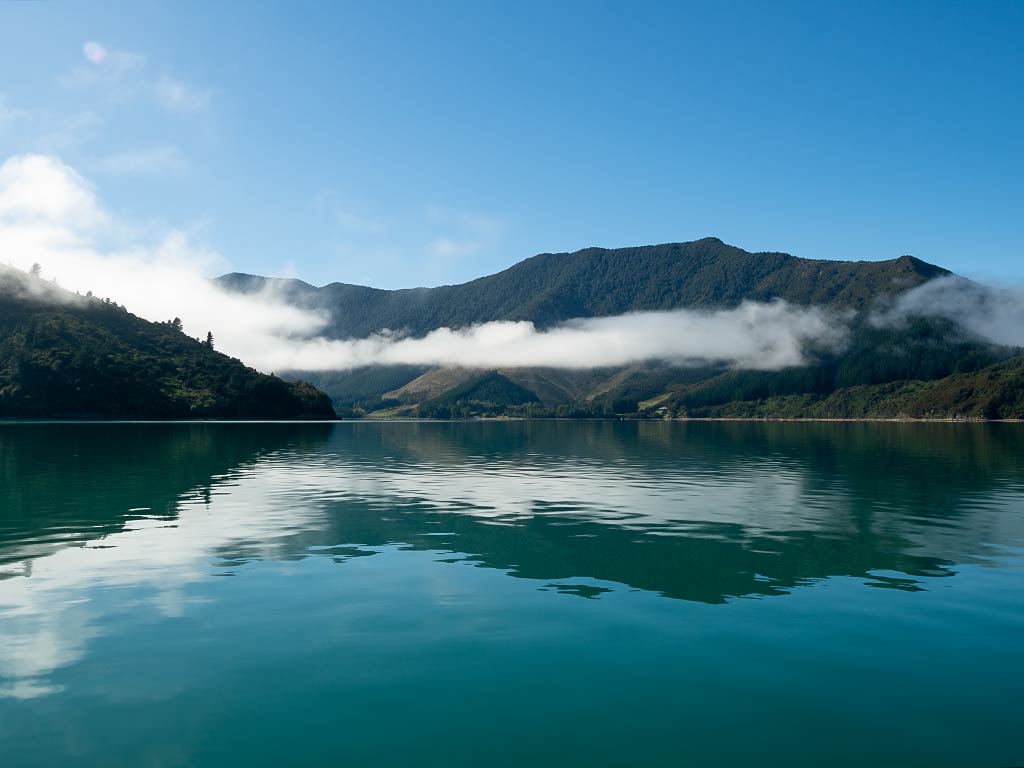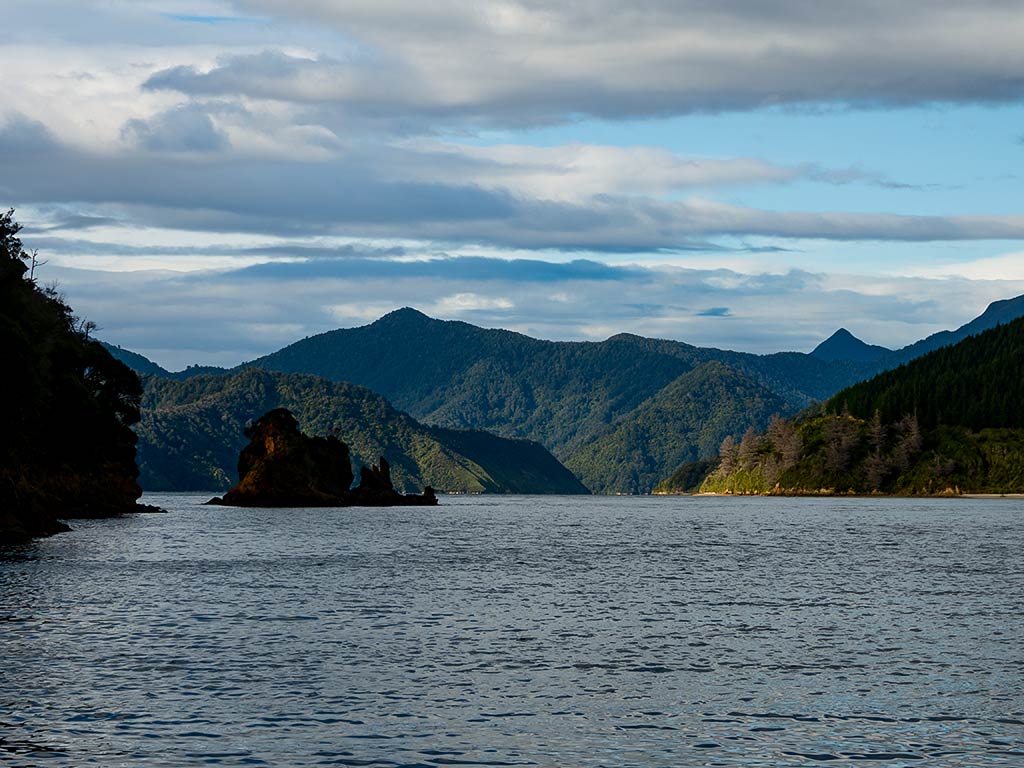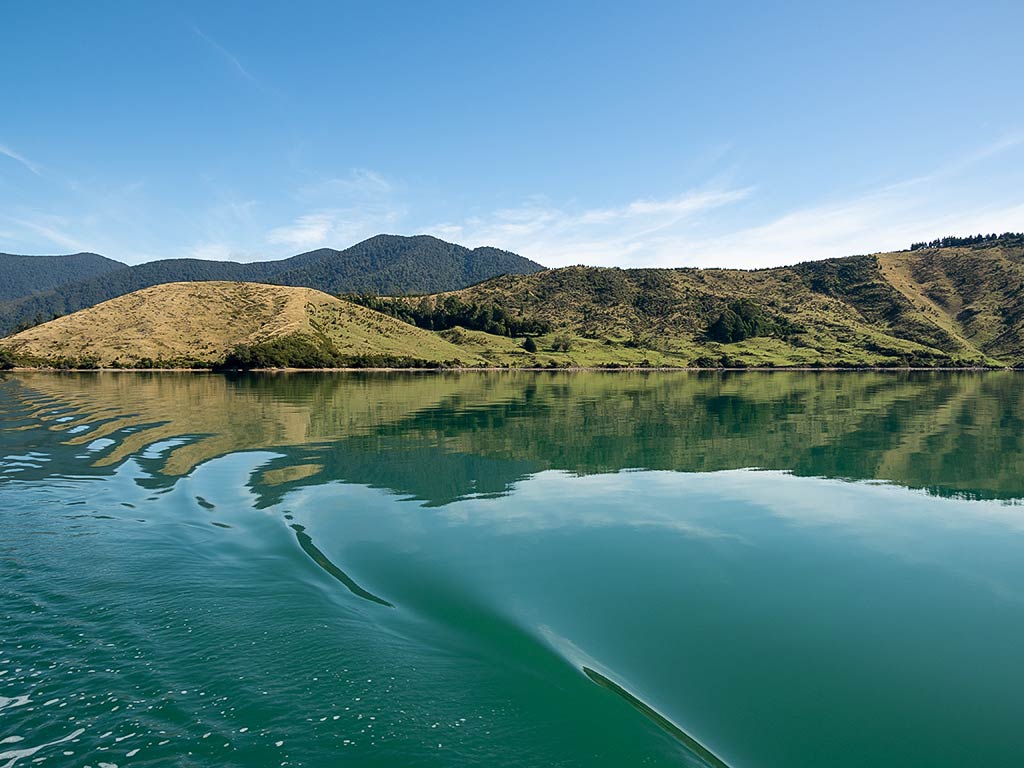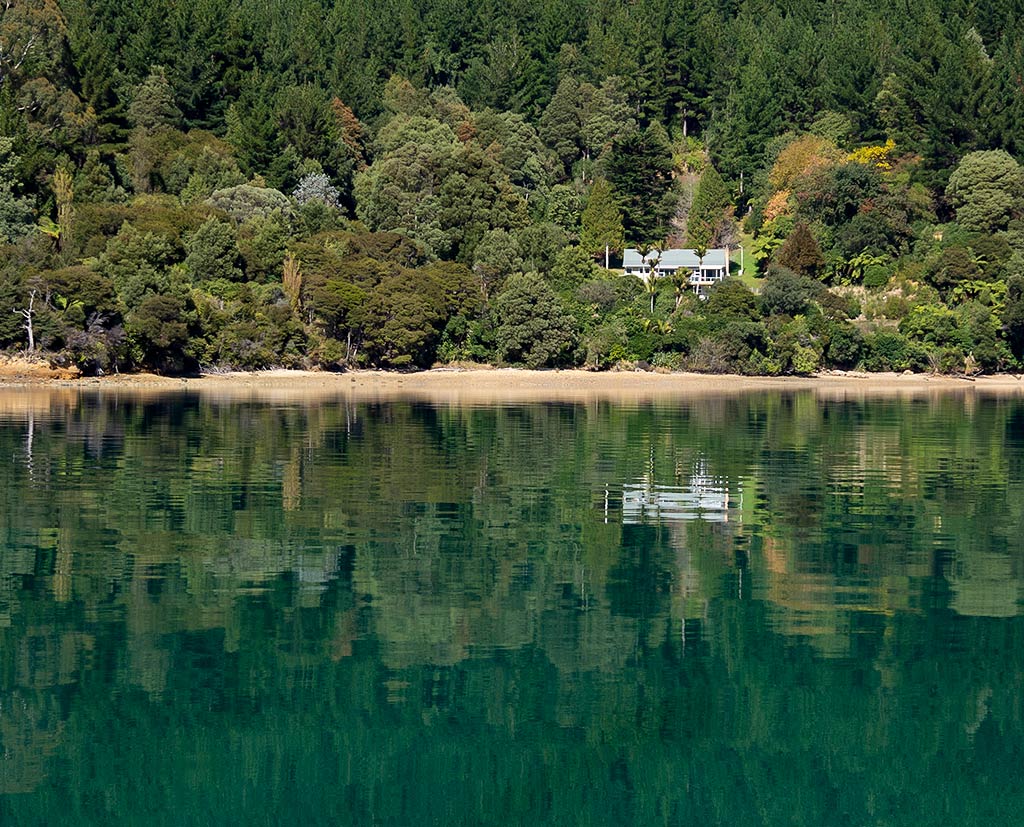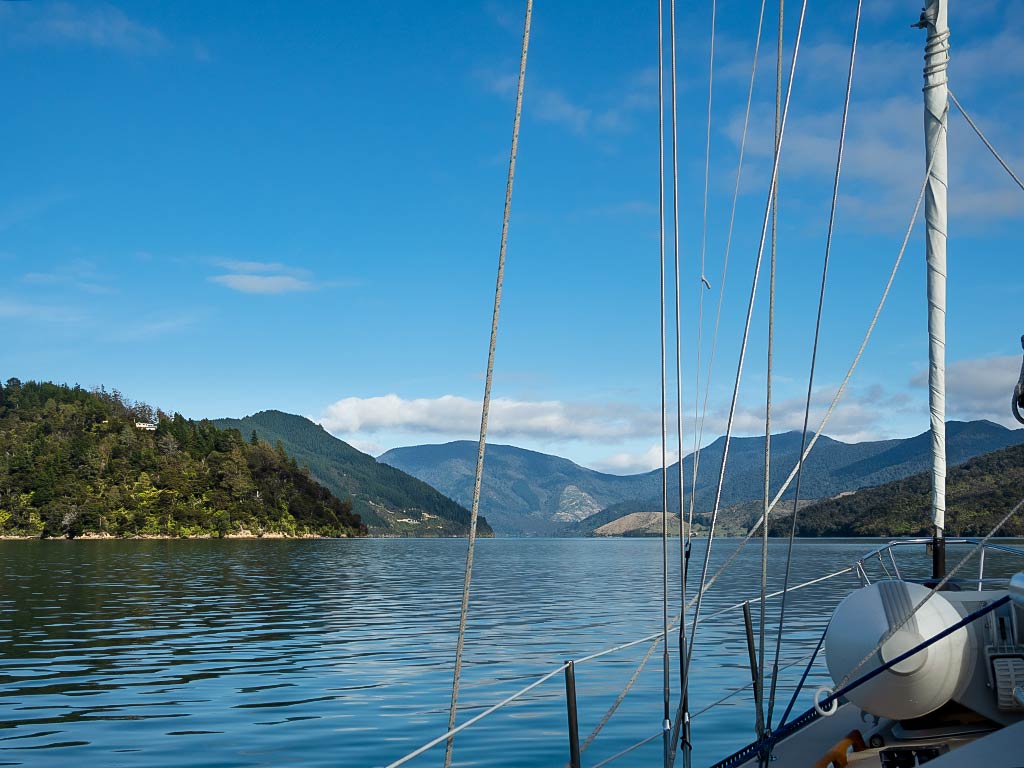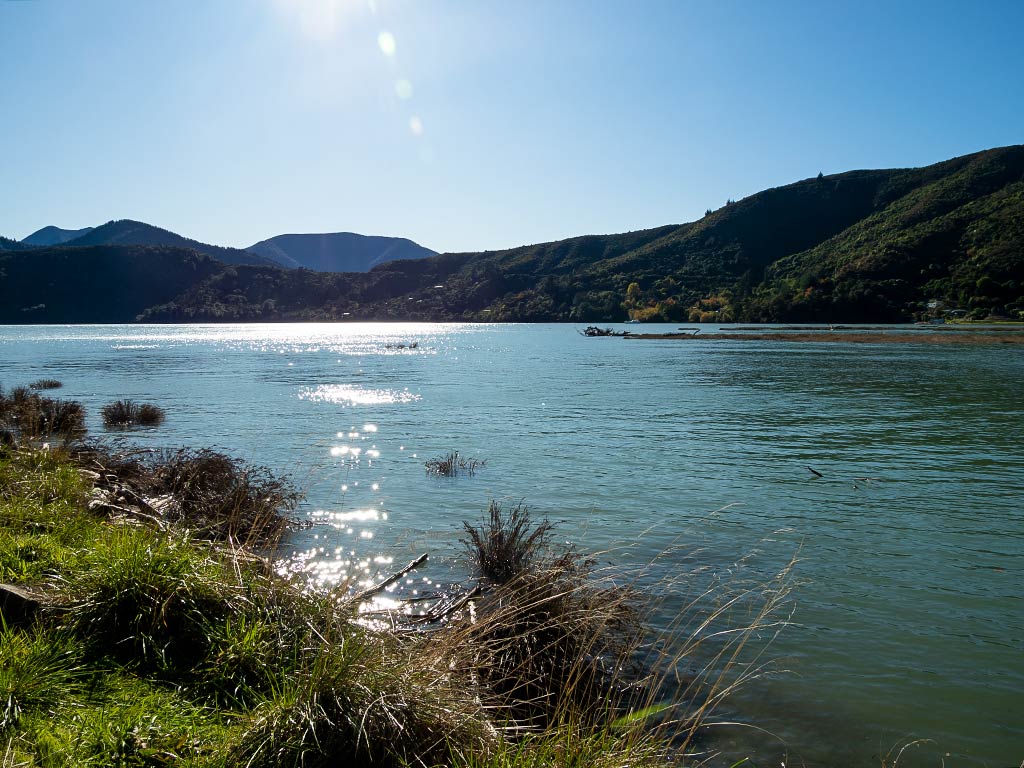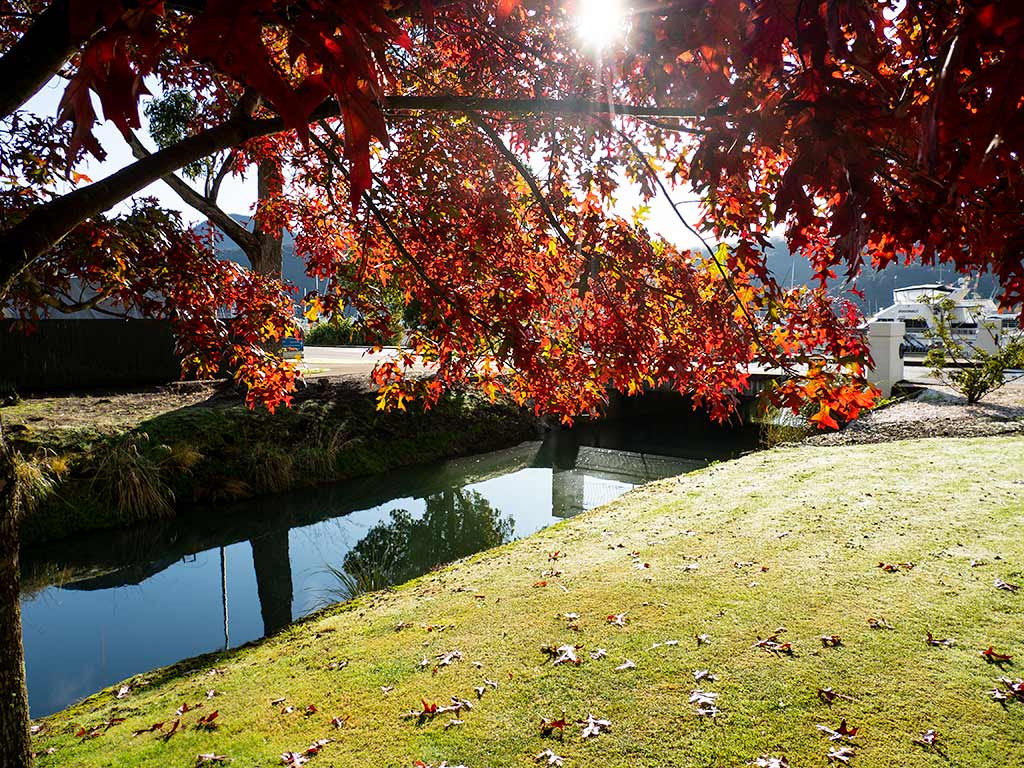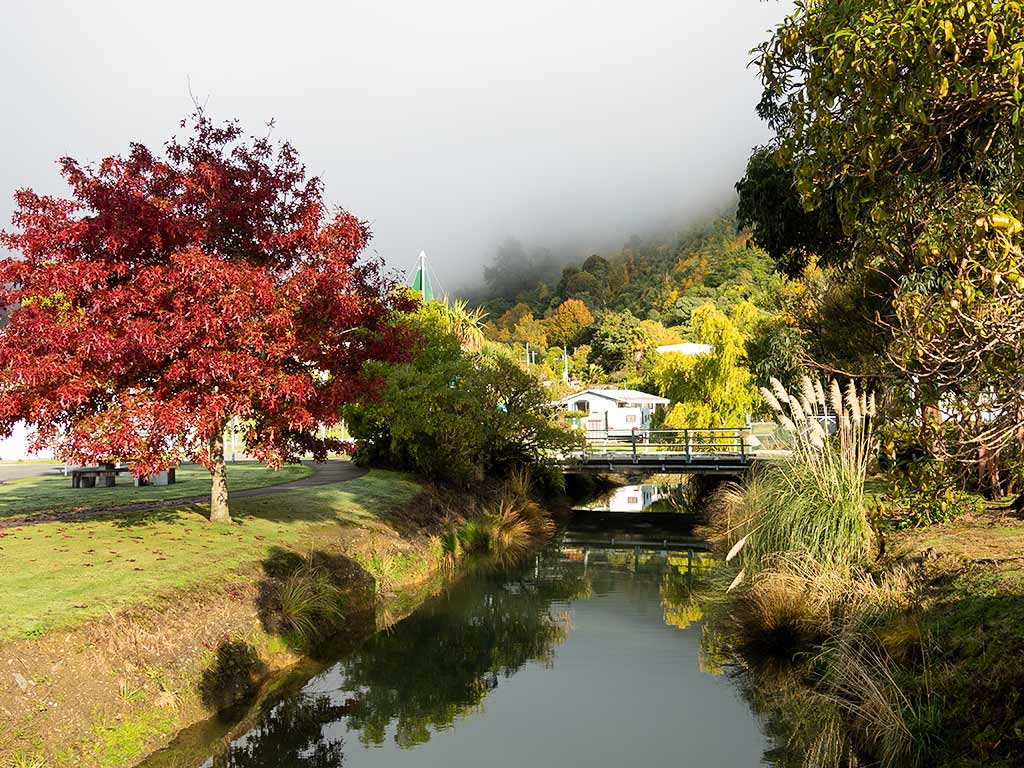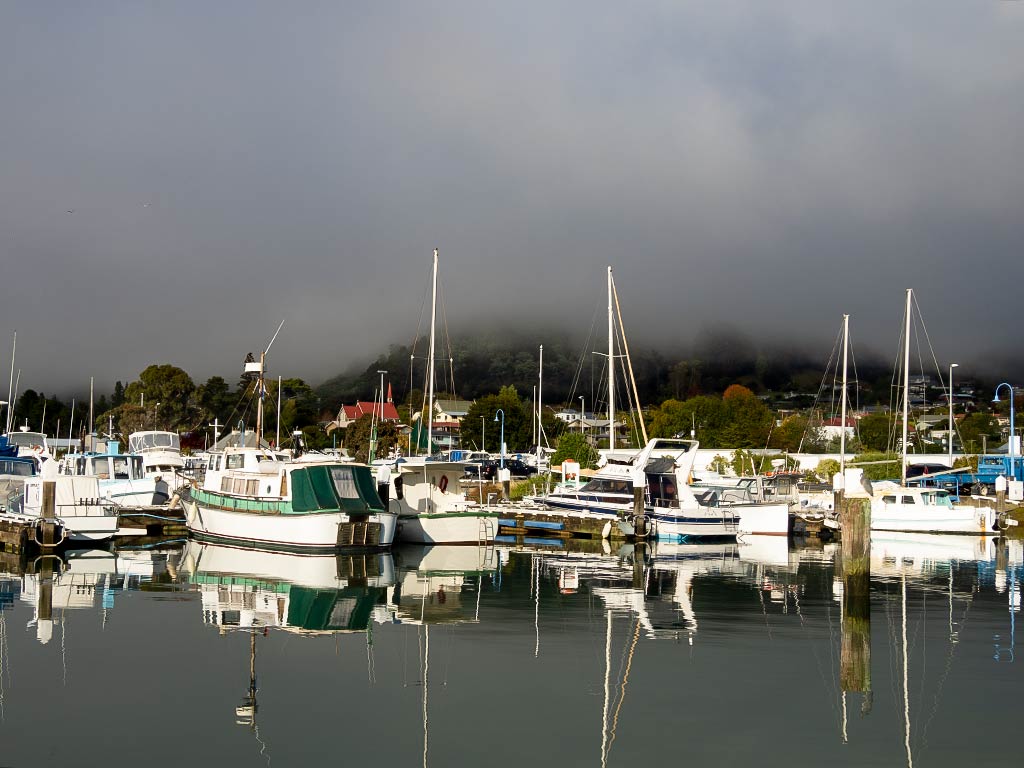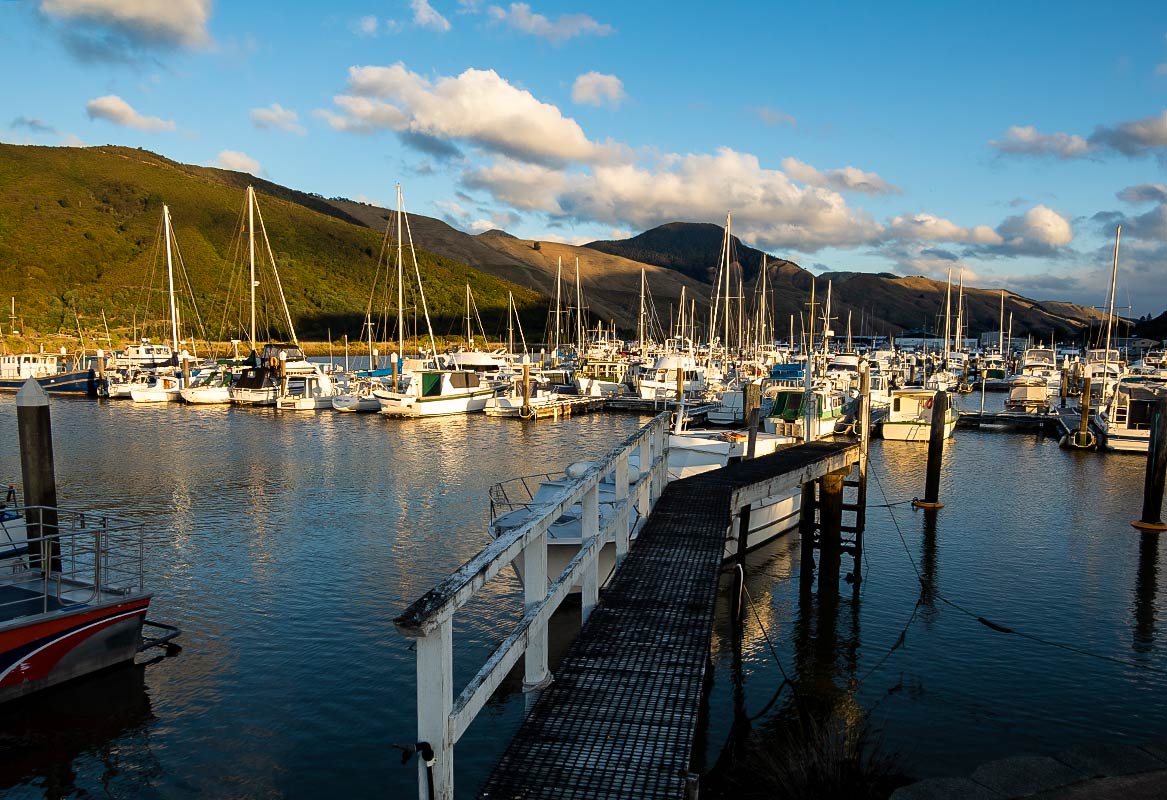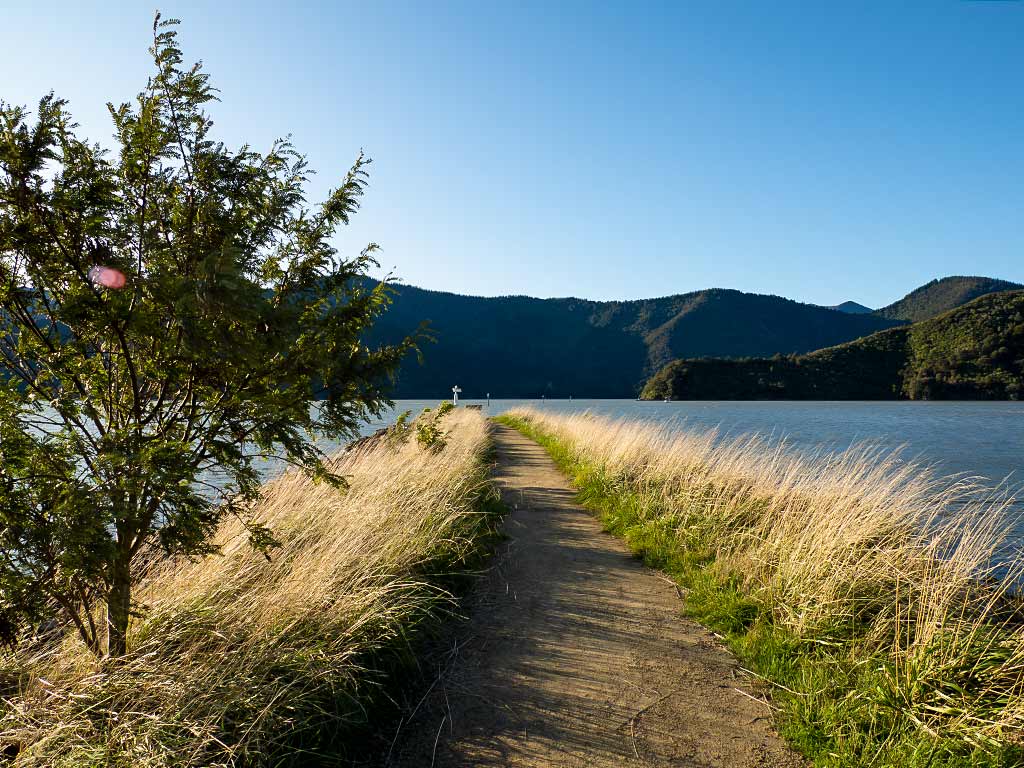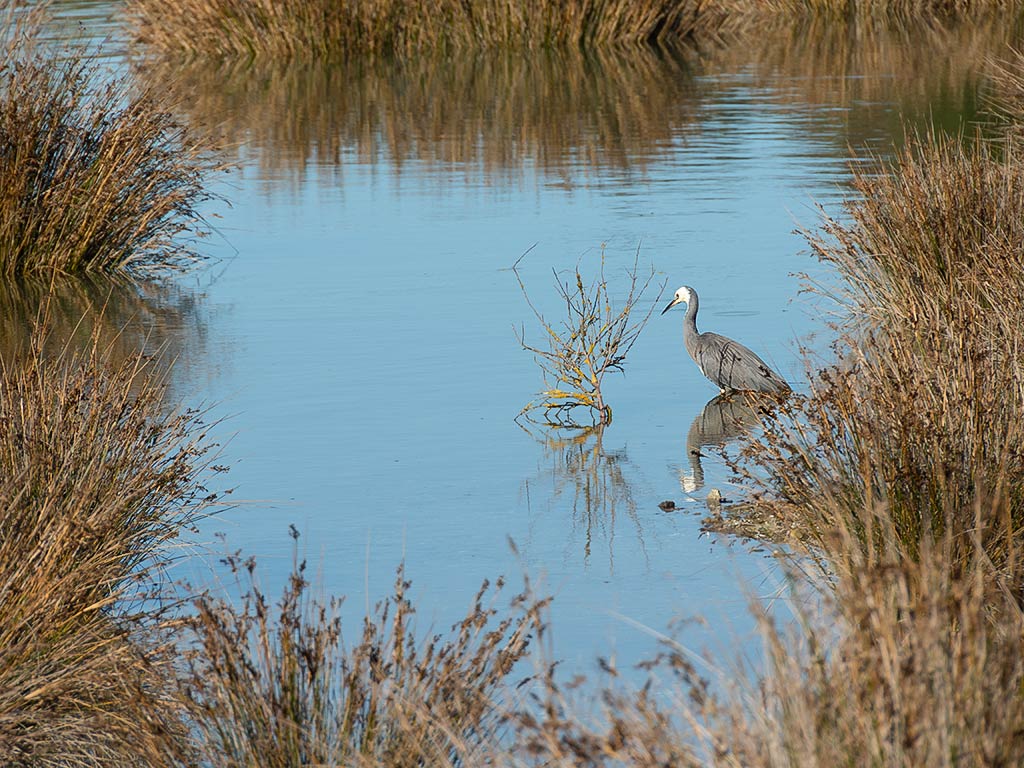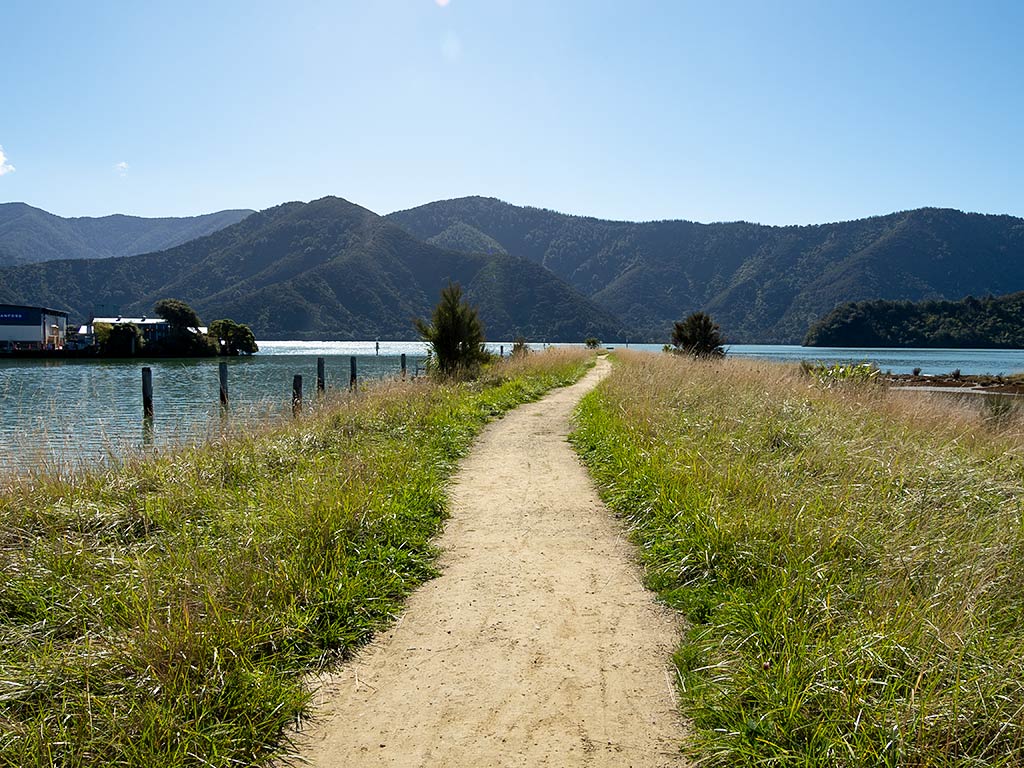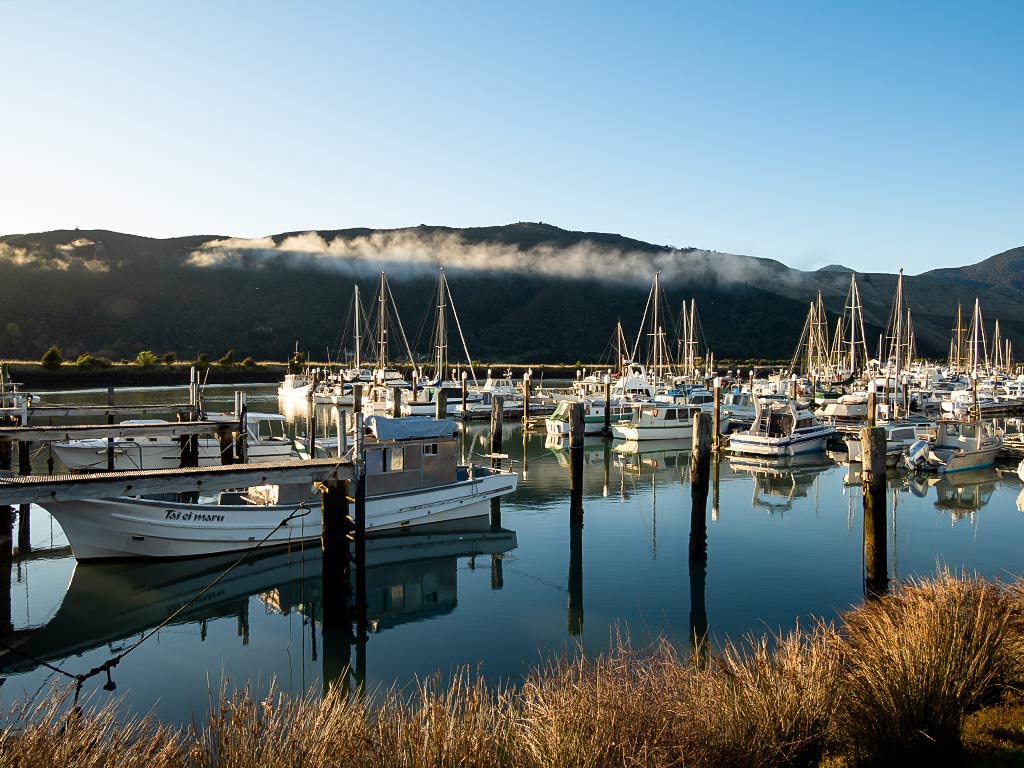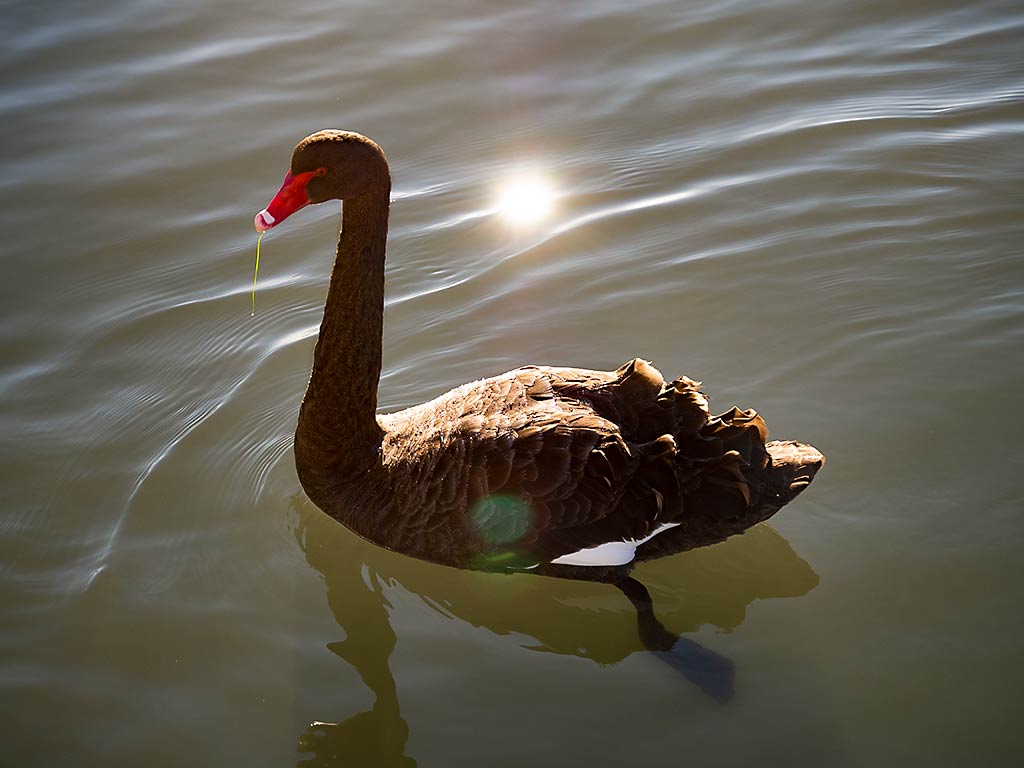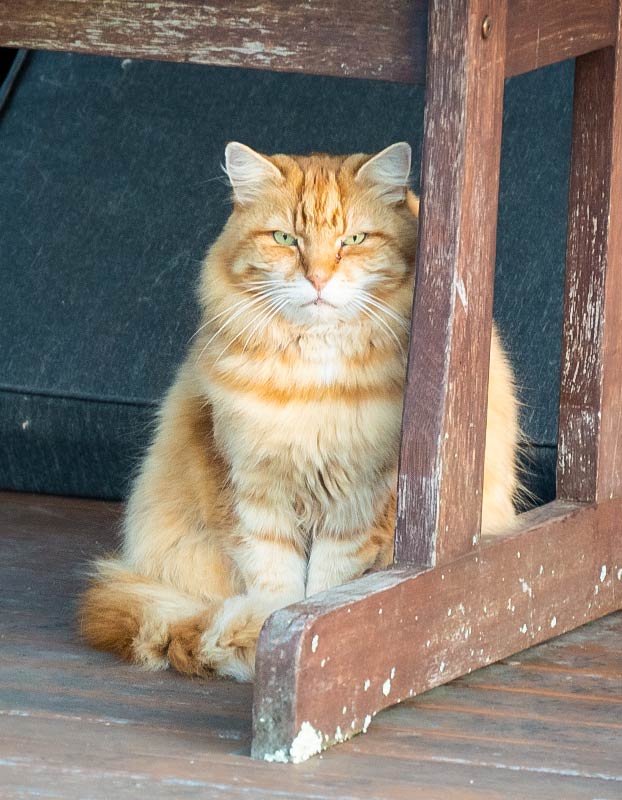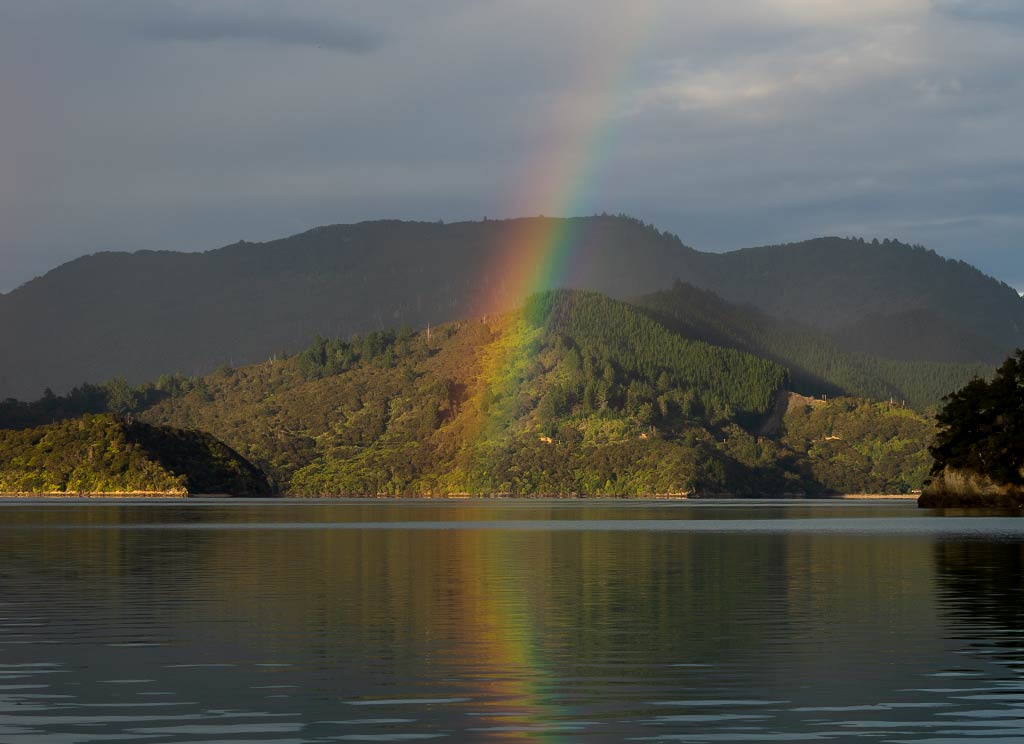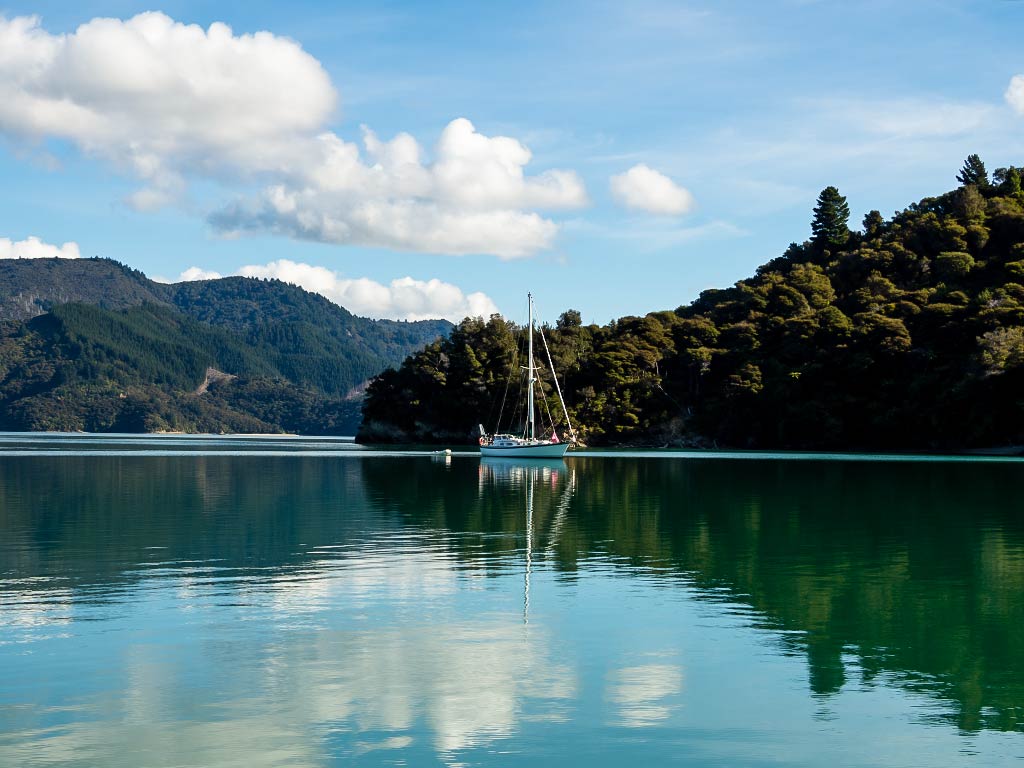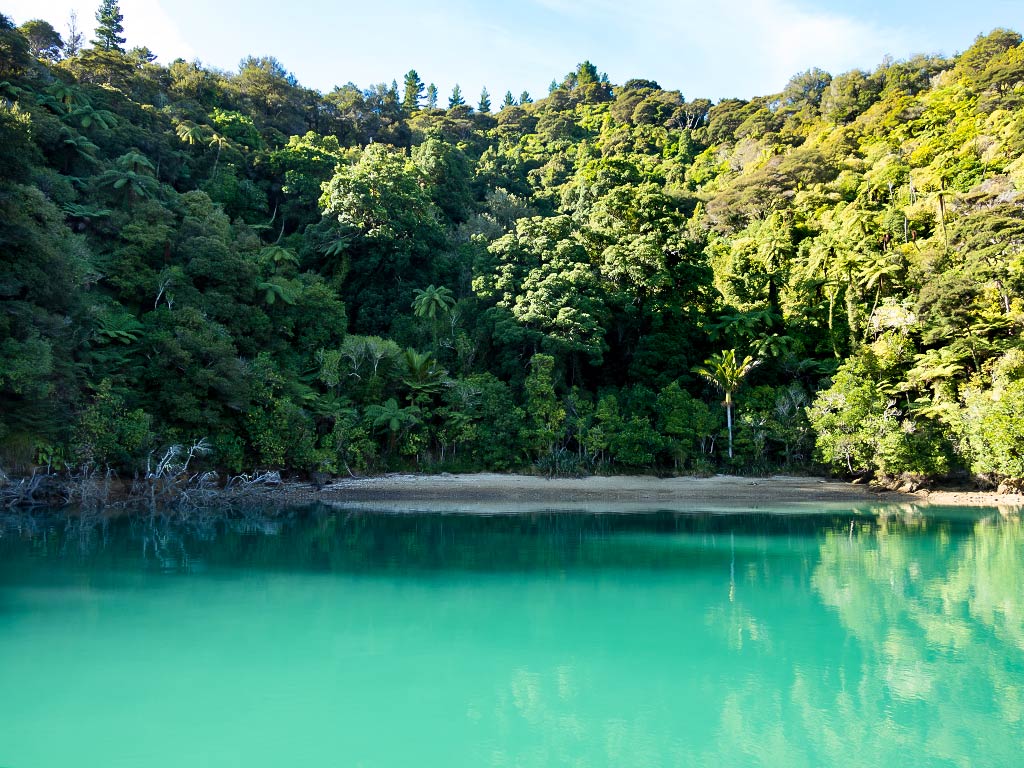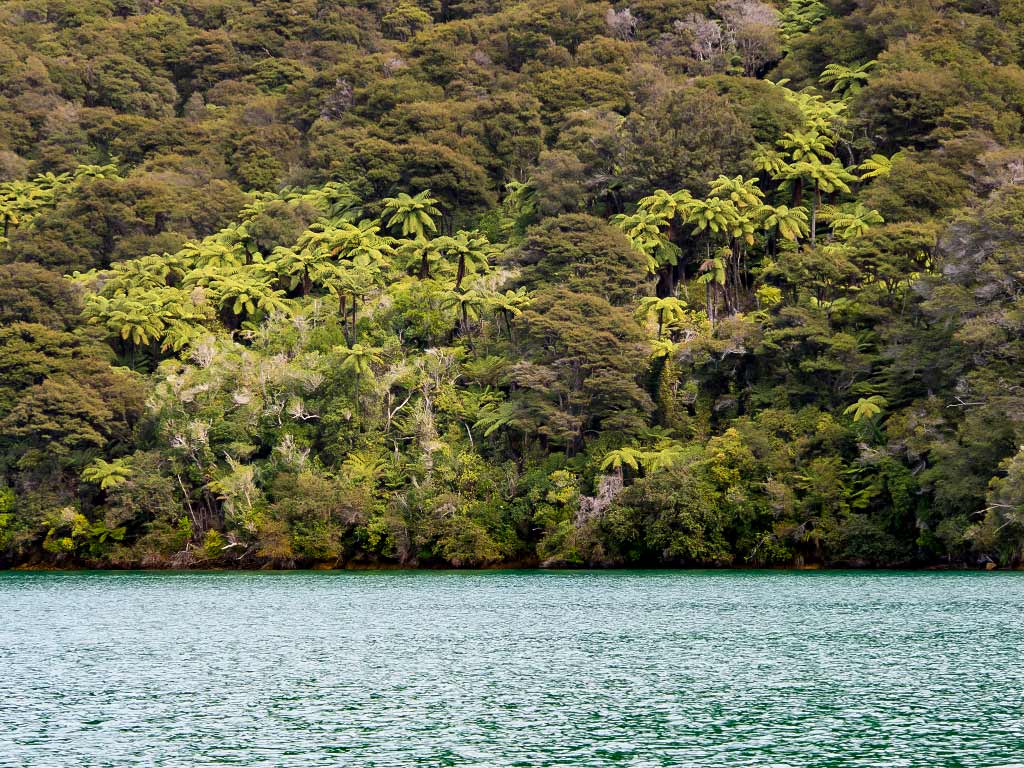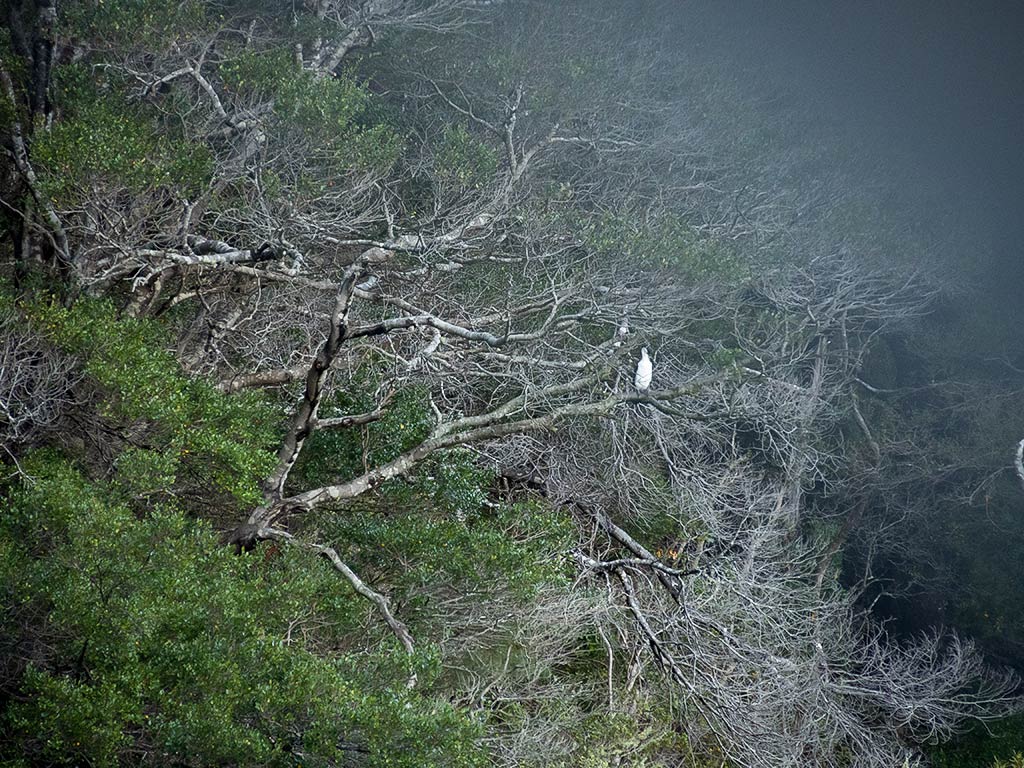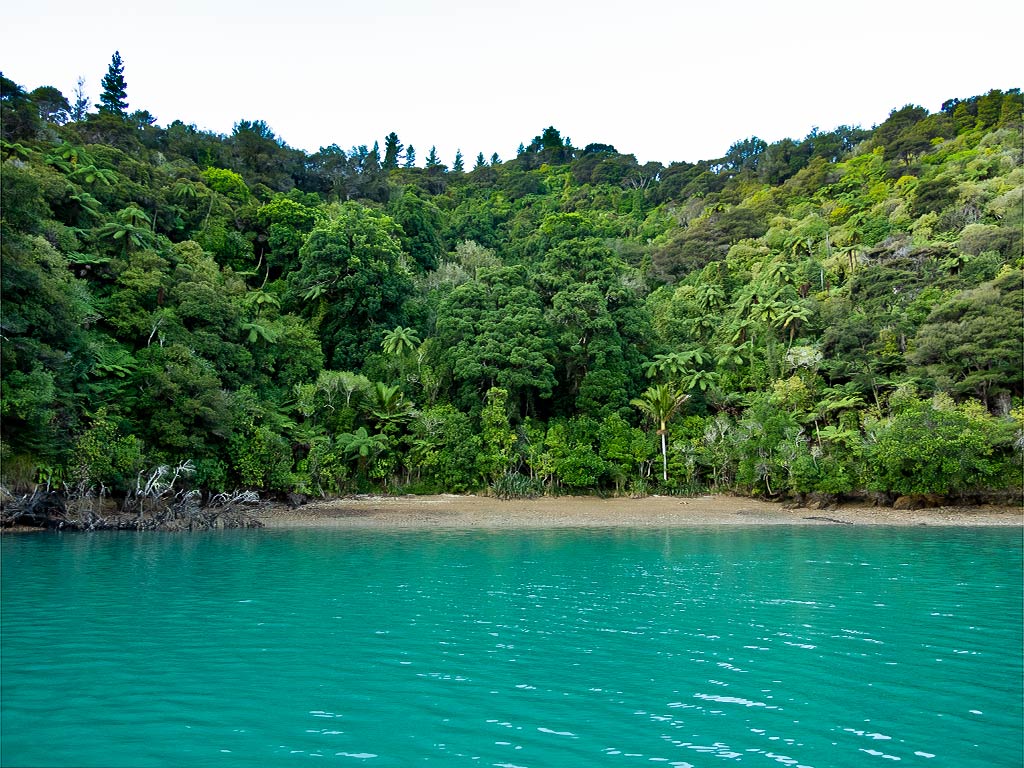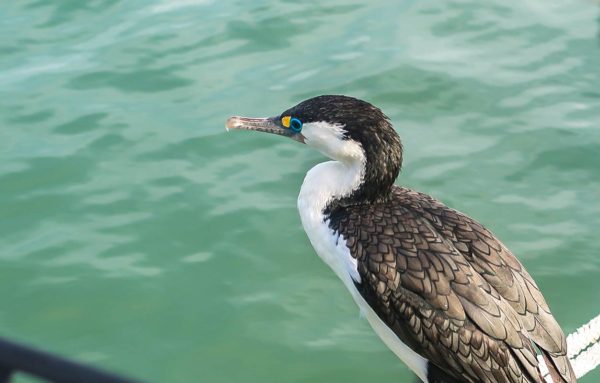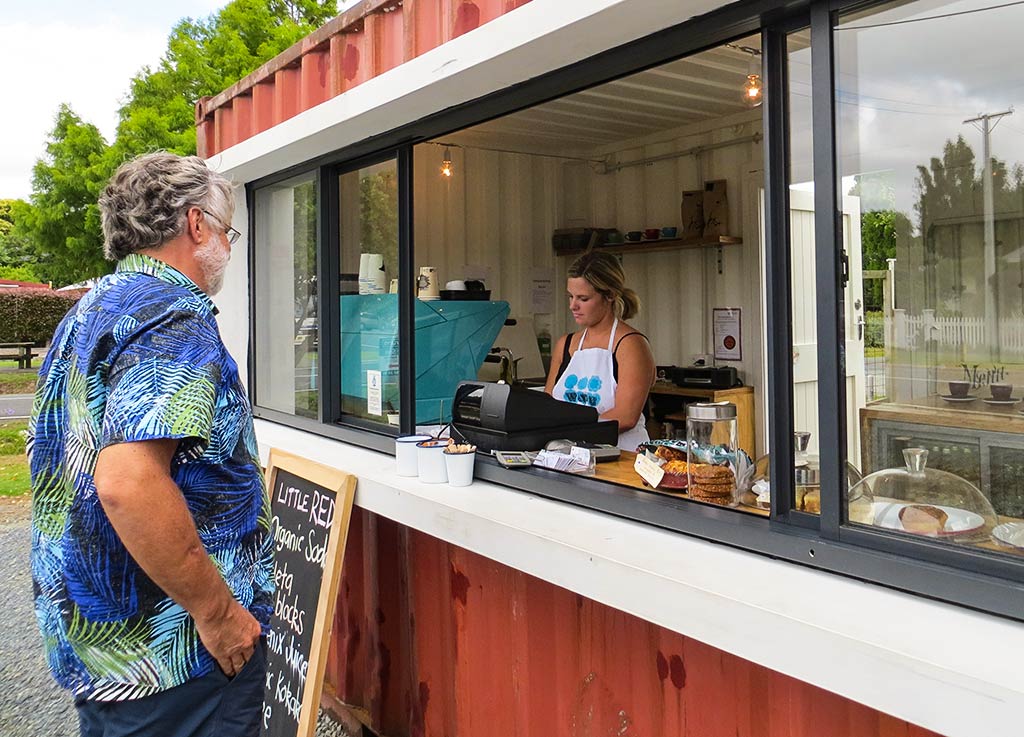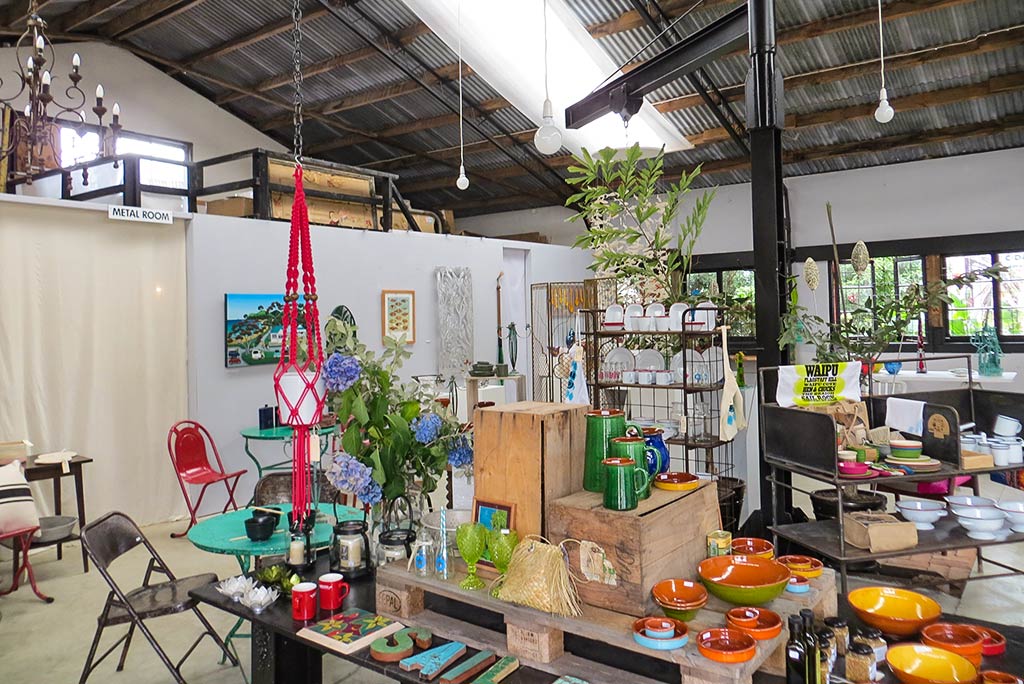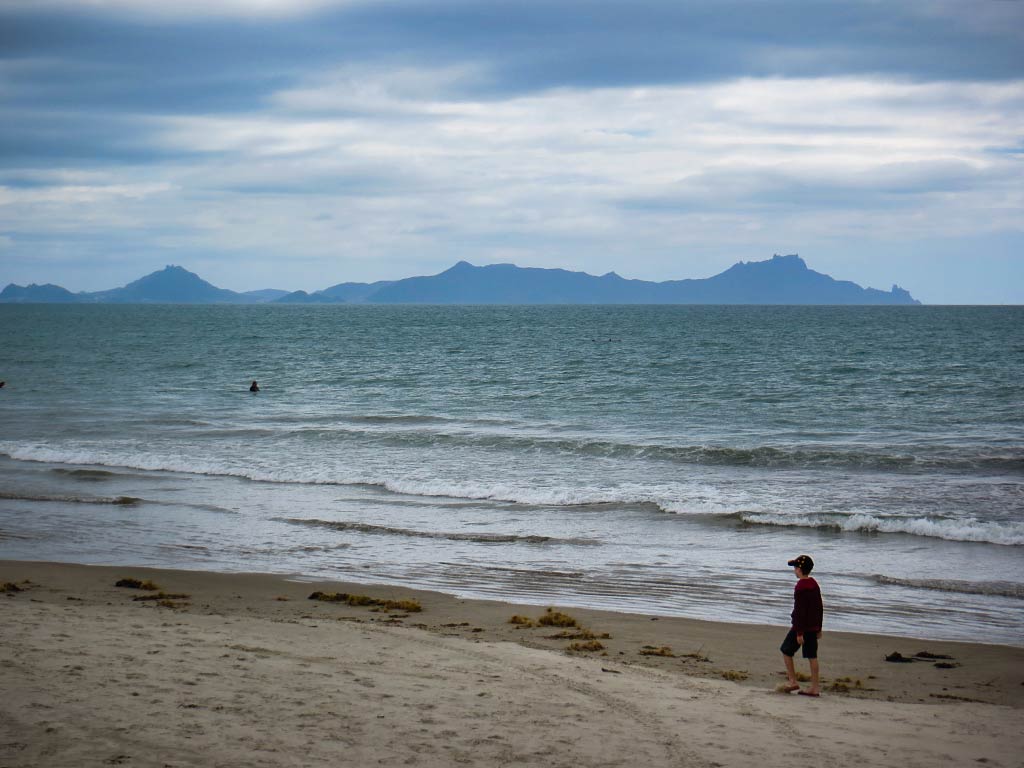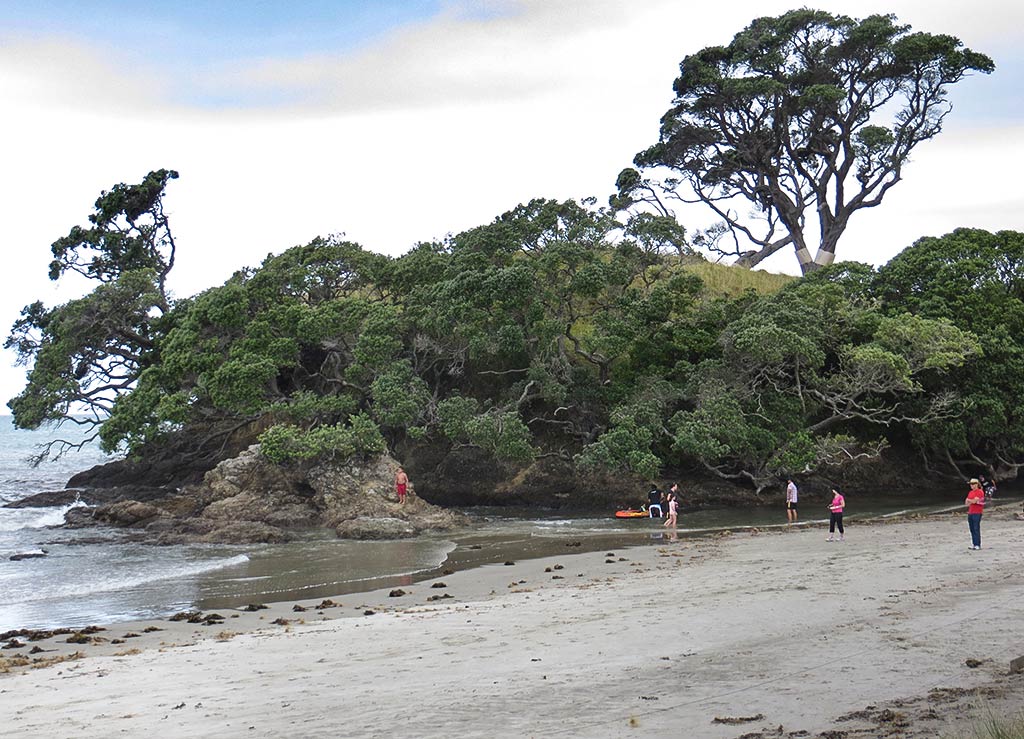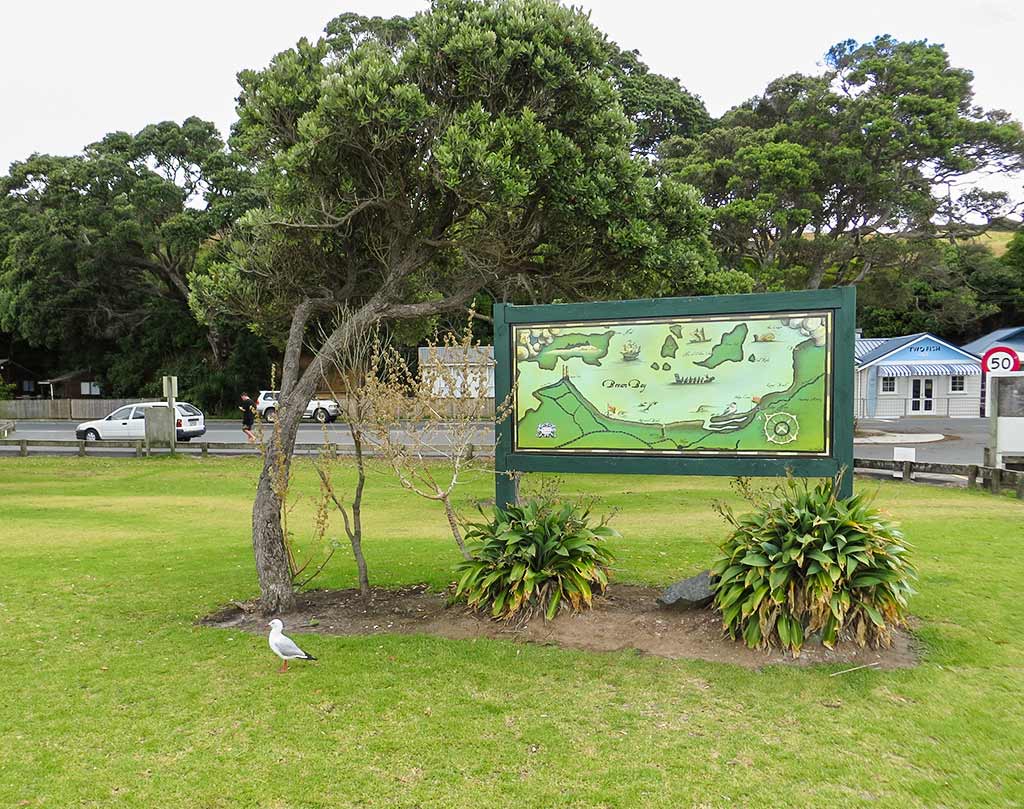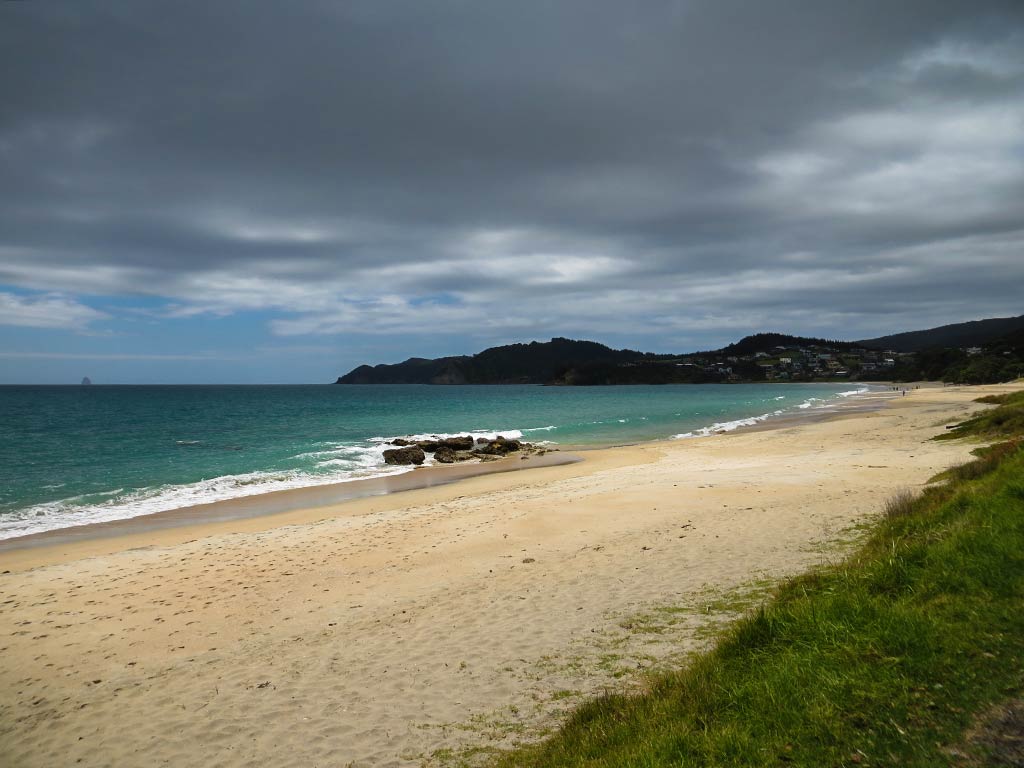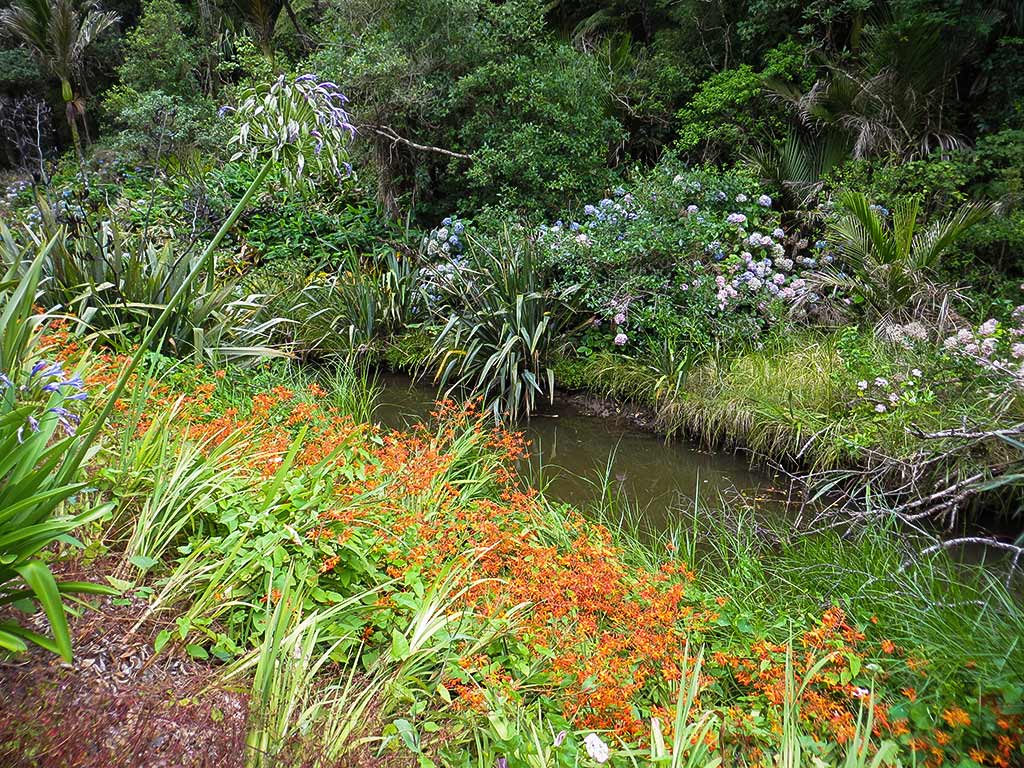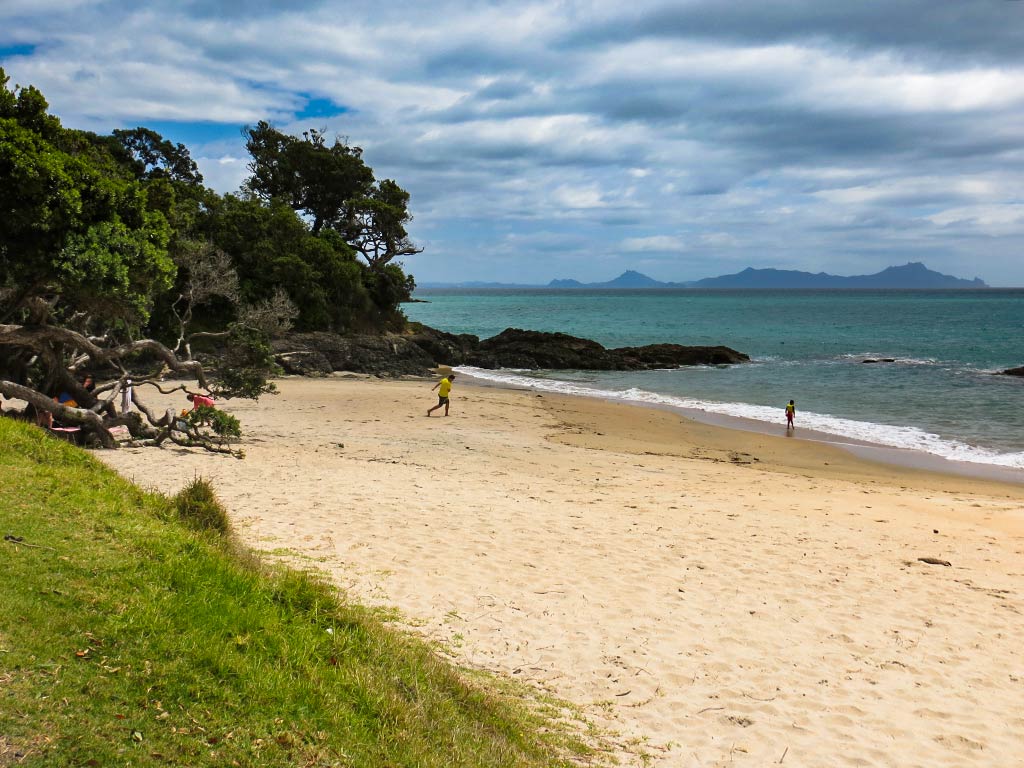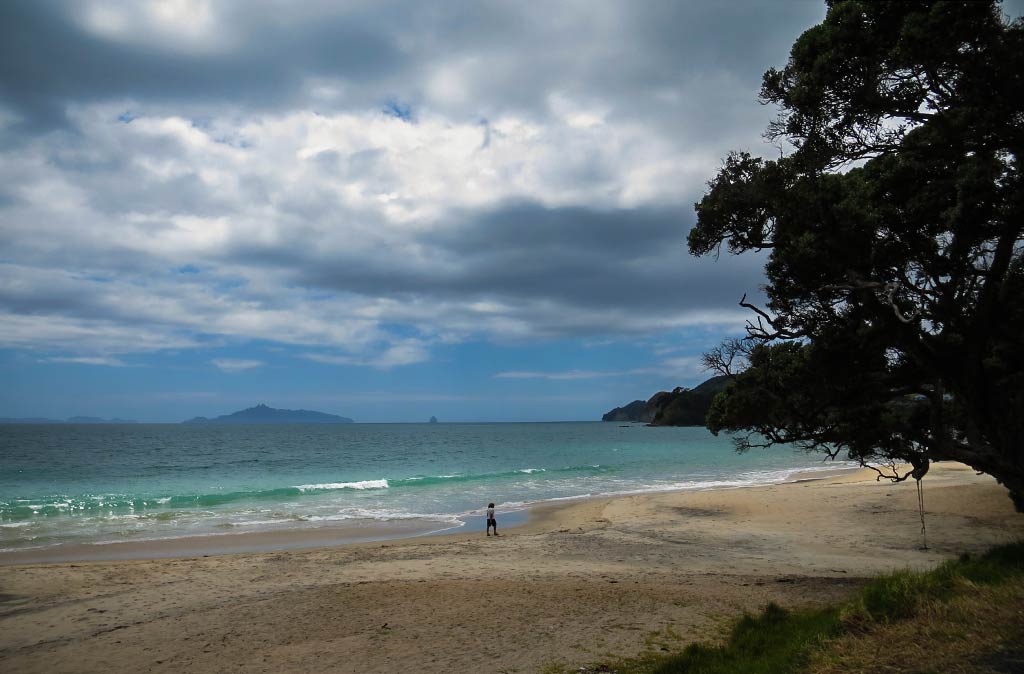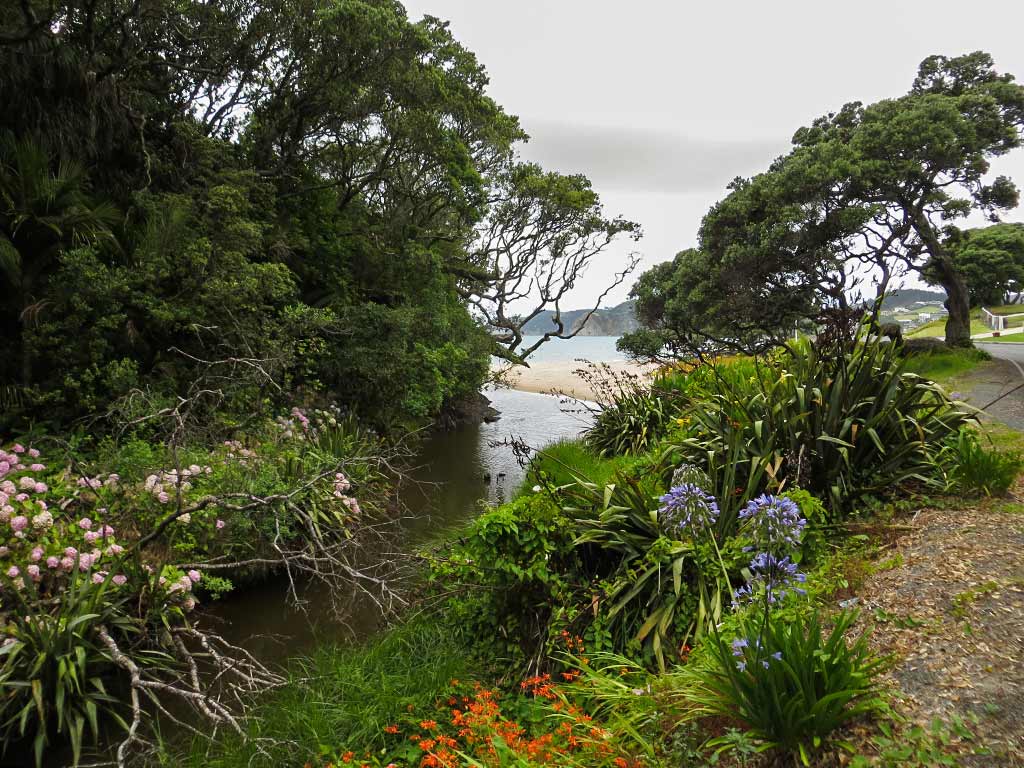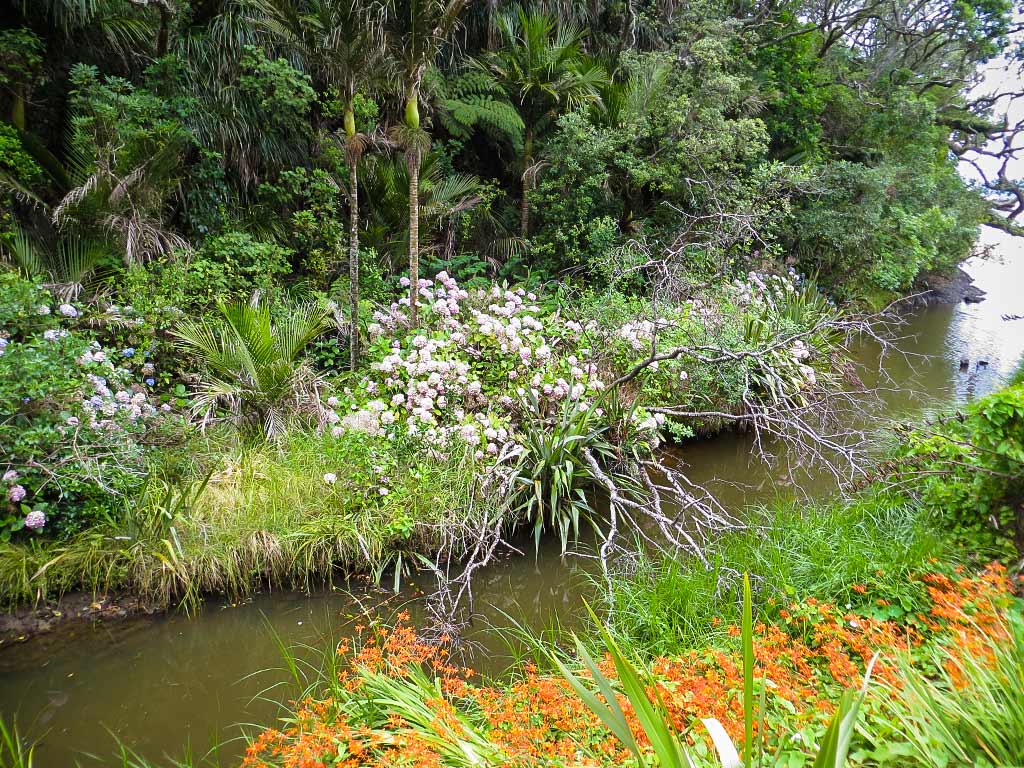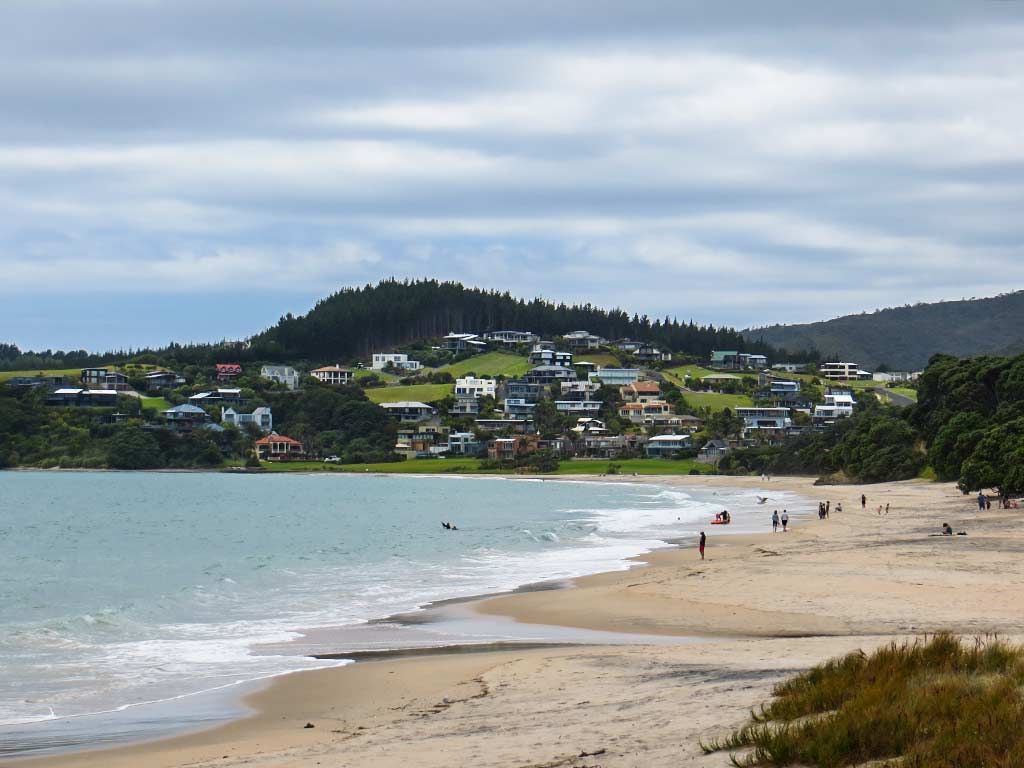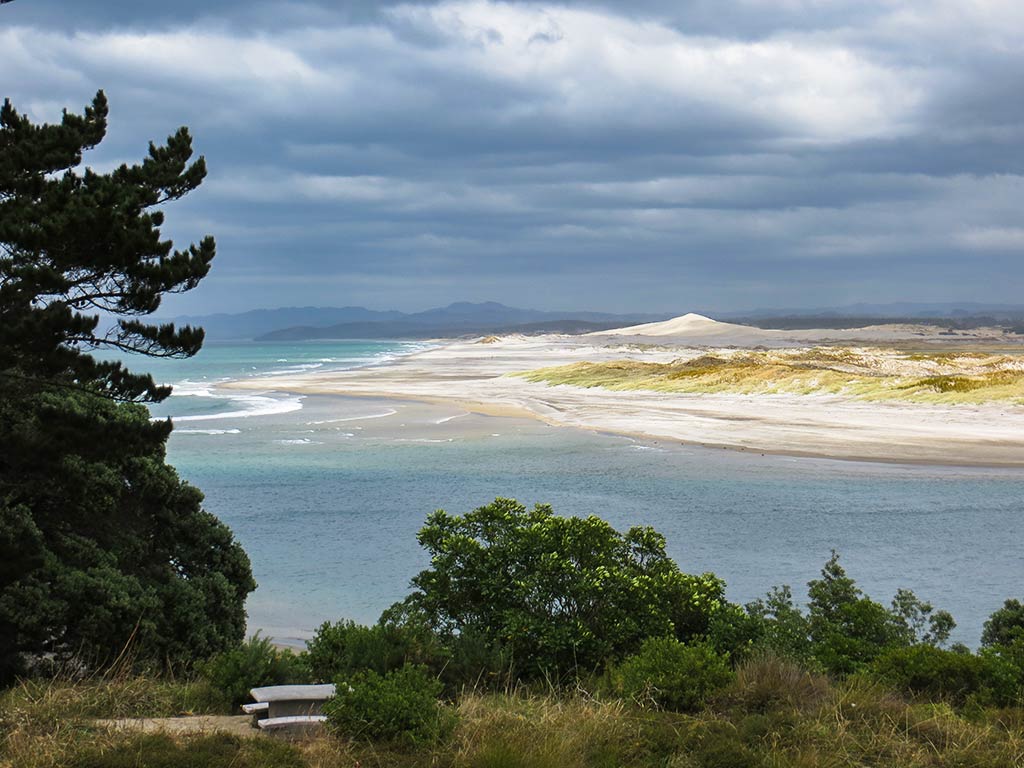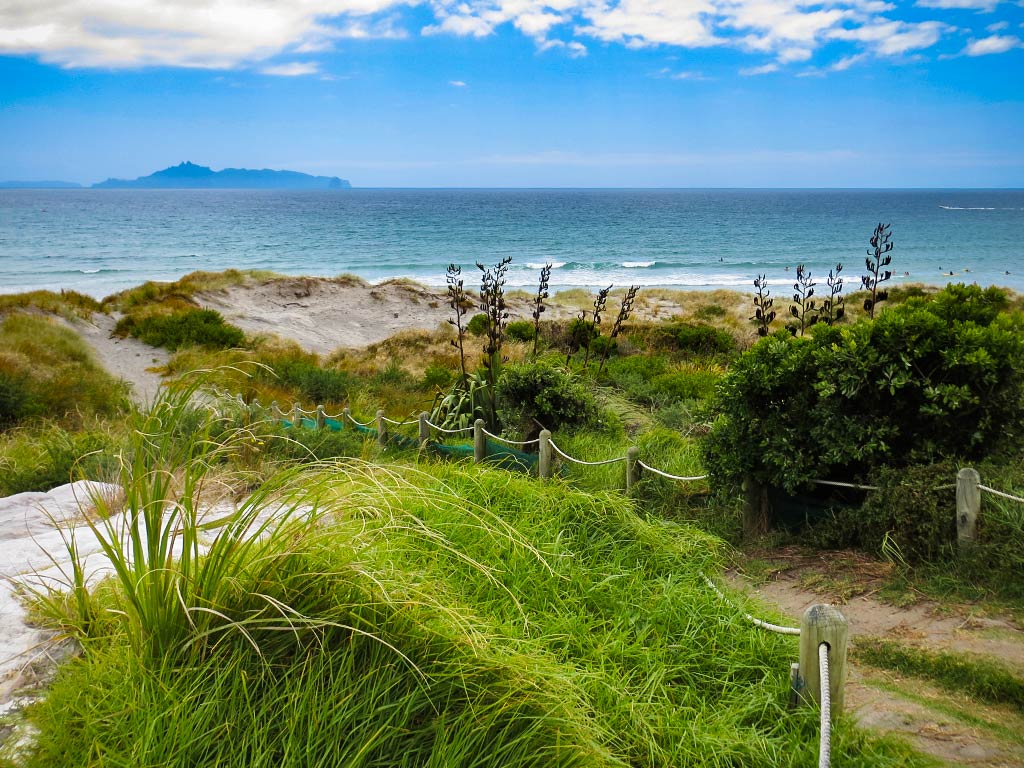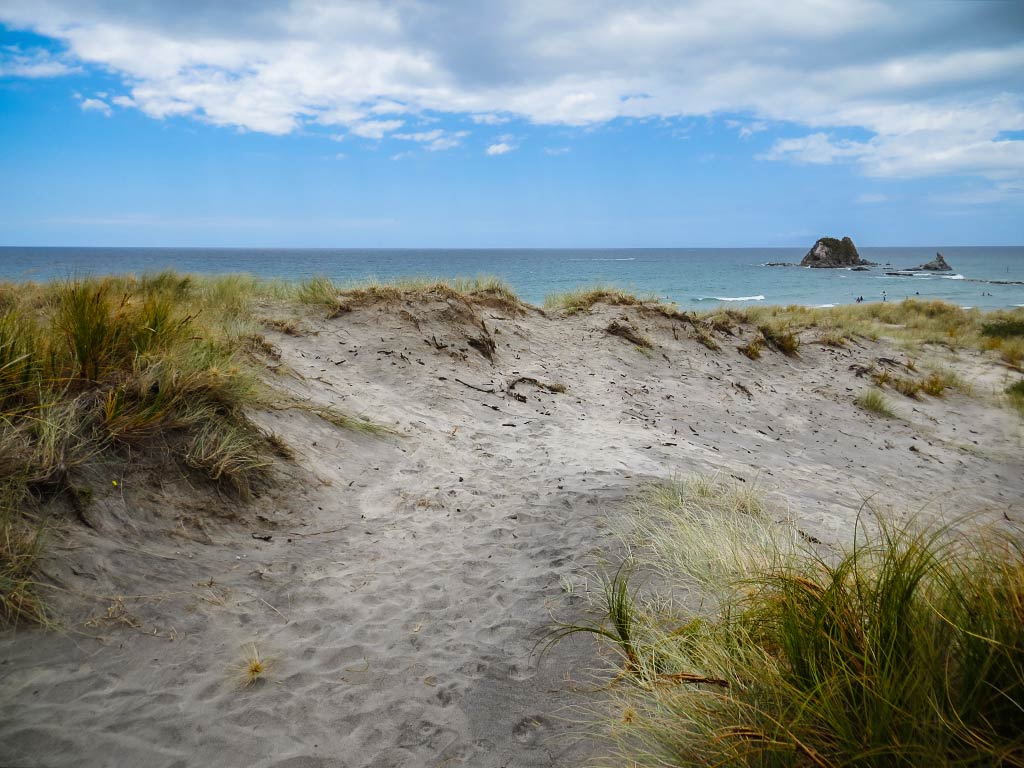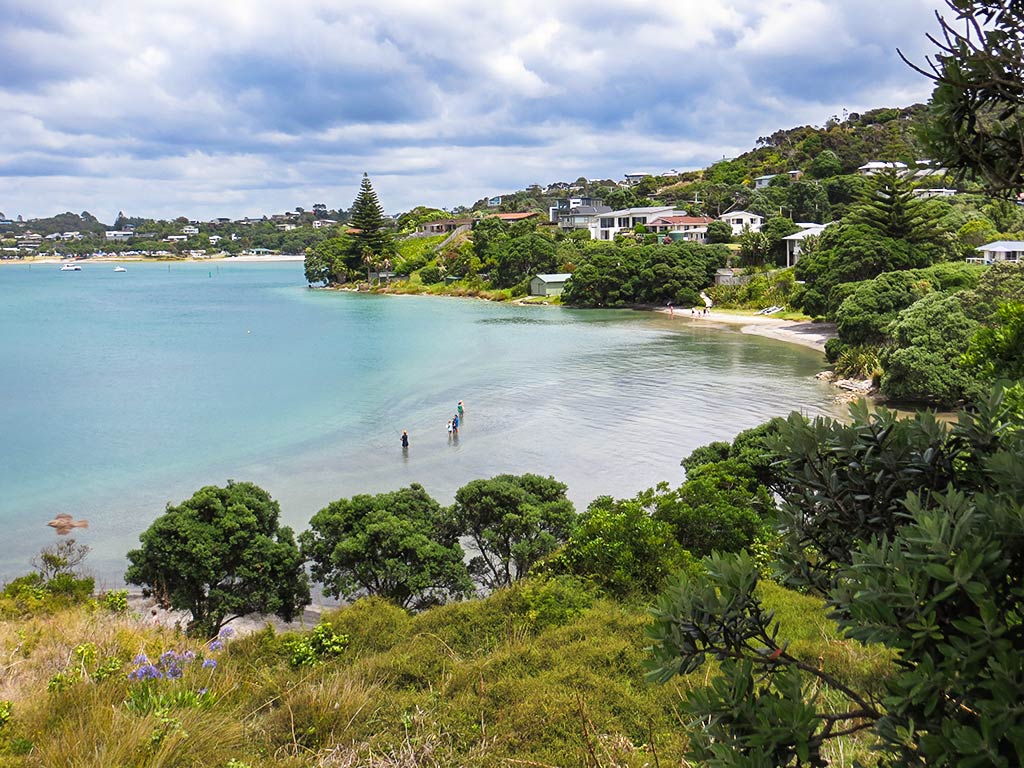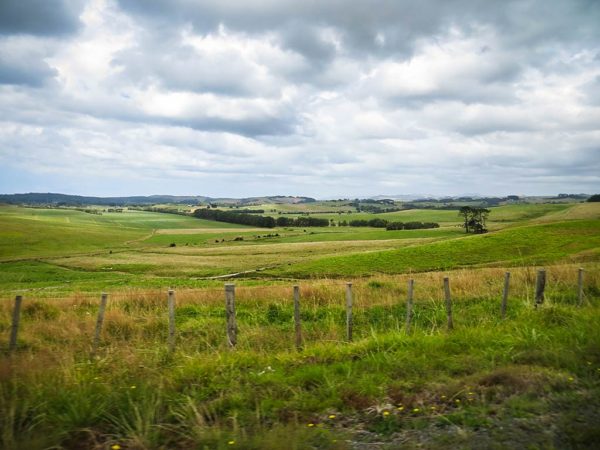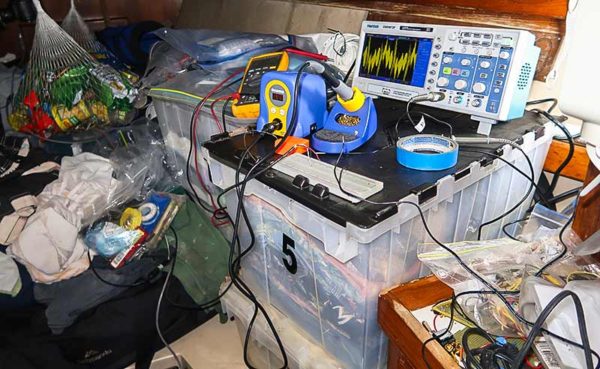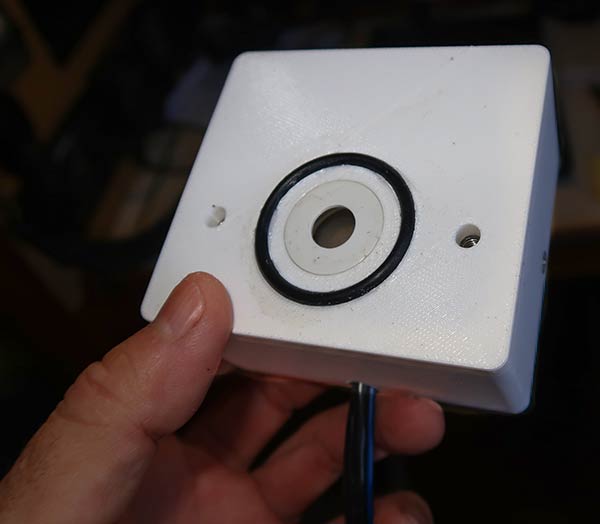January 29, 2014
The Matakana region lies about 40 miles north of Auckland along the north Haruaki Gulf coast. While it serves as one of Auckand’s bedroom communities, you’d never know it to look at it. Instead of the expected suburban sprawl, it’s an area of scenic countryside. Here, grassy hills dotted with trees and vineyards overlook a picturesque coastline, while the islands of the north Haruaki Gulf lie in the calm waters just offshore. Below, a map of the area
The area’s towns include the quaint historic village of Warkworth and the tiny country town of Matakana. The area’s many galleries, craft studios, and a famous sculpture trail give the area an arty vibe, while the seaside towns of Sandspit, Snells, Omaha, and the stunningly pretty harbor of Mahurangi East lend to the area’s maritime feel.
Then there are the reserves, including Tawharanui Regional Park which has been cleared of pests and repopulated with rare native parrots seldom found on the mainland, and the remarkably lovely Goat Island Marine Reserve. In all, this area is a treasure trove of wonderful things to see and do. I would sum it up by describing it as the mainland’s answer to Waiheke Island. We had one day to see it, a rather ambitious plan, and I hoped we could fit it all in.
We started our tour of the area with a visit to the town of Matakana, surprisingly small considering it’s the namesake town for the region. Our destination was a place called Matakana Village, a former lumberyard that had become the site of a world-class farmer’s market. Soon added to the market was a village complex, specifically designed to capture the country, artsy feel of the area. Included were several specialty shops and an impressive arthouse cinema. The town may be tiny, but the Matakana Village Farmer’s Market has become a big weekend draw for Auckland’s residents and visitors.
Our main destination in the Matakana Village was a coffee place called The Love Shack. Bypassing the street-level shops, we headed down a flight of stairs to the lower level, an area laid out just above a calm, winding river. What a beautiful place they’d created here, with lots of wood beams, corrugated metal, old barrels, and brick patios combining into an attractive outdoor seating area snuggled at the base of a hill.
We ordered coffee drinks at the Love Shack, then headed down some steps to the river-level deck where we could feed the ducks. This place felt like an oasis of peace and calm, and I couldn’t help but fantasize about living here, enjoying my morning coffee at the Love Shack and visiting the ducks at the river. It’s one of those places that you just don’t want to leave. I wished we could stay longer, but we had a big day ahead and lots to do. Below, a photo gallery of Matakana Village (click to enlarge and scroll though).
We headed upstairs to look at the shops and visit a place called Oob, famous for its ice cream. We weren’t disappointed; the ice cream was amazing. Now wanting more coffee for the road, we headed to a cute cafe on the main street called the Black Dog before getting in our car and driving to a seaside region called Leigh.
Our first stop was a place called Omaha Cove, a place I hoped to anchor on a future trip down the coast. It was picturesque, very reminescent of Maine with a black rock coastline and moored fishing boats. It looked like it might be challenging to find room to anchor; so I was glad we’d come to see it from land.
Next, we headed to the Goat Island Marine Reserve. I figured most of the attraction here was underwater as it’s famous for snorkeling, but I wanted to see it anyway. What surprised me was its beauty above the water, with an island just offshore and a large area of shallow turquoise, aqua and green water that looked more typical for the tropics than New Zealand. The scene was strking and very unusual looking. We made a quick visit to the Marine Discovery Centre which was interesting, but I have to say the draw for me was scenery—the island close enough to swim to, the blue-green water, and the grass and bush hills that overlooked it.
I had a plan for lunch, a place not far away called the Saw Mill that was known for its pizza. It was nice inside, but in spite of very few customers, we found ourselves being ignored. I have learned over the years that once this tone is set, the wait staff almost never redeems itself. I don’t know why that is, but it’s true. It’s like they let you know early that by not paying attention to you, that even when they do “get to you,” they will forget your water, your extra set of cutlerly or plate, your second drink (costing the restaurant money on this one!), your dessert menu, your check, or anything else you ask for. It’s sometimes true that initially-attentive service can slip into non-attentiveness after you’ve eaten your meal, but never does non-attentiveness become attentiveness. I saw the writing on the wall and suggested we leave. (Interestingly, talking to friends later who’d also visited Matakana, we learned they had an idential experience to ours at the Sawmill, to the point where they, too, decided to walk out.) So, this was our one bust for the day, but our next stop made up for it. (Below, a few photos of the countryside drive to the Sawmill. Note: I don’t mean to tell anyone not to go to the Sawmill-hopefully it’s better managed now.)
Next on my agenda was a visit to a couple of the area’s wineries. One turned out to be closed, but a place called Omaha Estate was open. We headed up the drive to an impressive hilltop vista with views of the ocean and countryside. We went in to do a tasting and, now hungry, were thrilled to find they had nibble-filled tasting platters. We took a seat in the dining area where a glass wall opened to let in fresh air and amazing views.
We were able to taste 5 wines, and our shared a platter consisted of breads, cheeses, olives, salami, pate (the best we’ve had bar none!), chutney, hummus, tempanade and olive oil, plus some sausage and date kebabs. It was fabulous! What a treat to have this wonderful food and wine and along with such a superb view.
Below, a panoramic view from the winery (click to enlarge).

On top of that, the winery had a dog, a big black lab who came over for petting and to observe us eating. This was perfect, a quintessential New Zealand winery experience! I’d felt tense after the Sawmill experience and anxious about fitting everything in today, but the wine and the setting relaxed me and took my cares away. If we didn’t get to it all, we’d just have to come back, and coming back was seeming more and more like a great idea.
Next up, I had a hike planned, the subject of the next post.–Cyndi.

